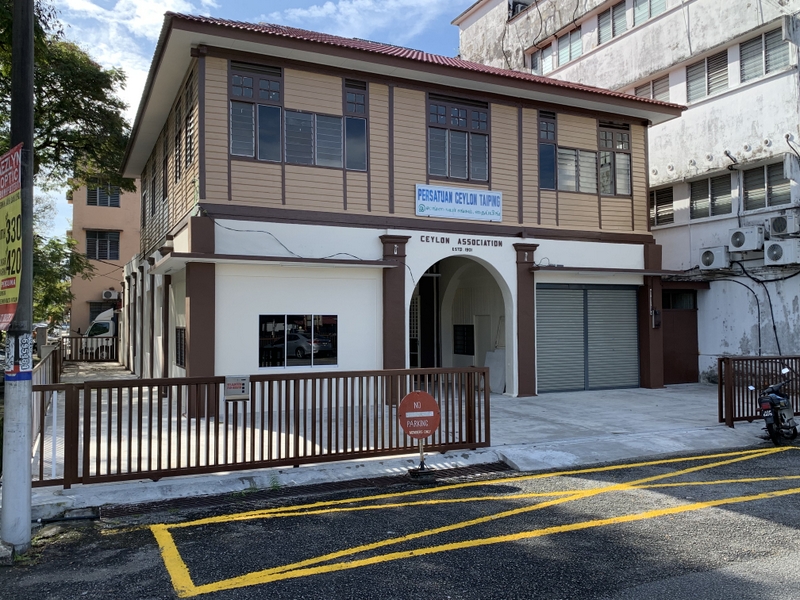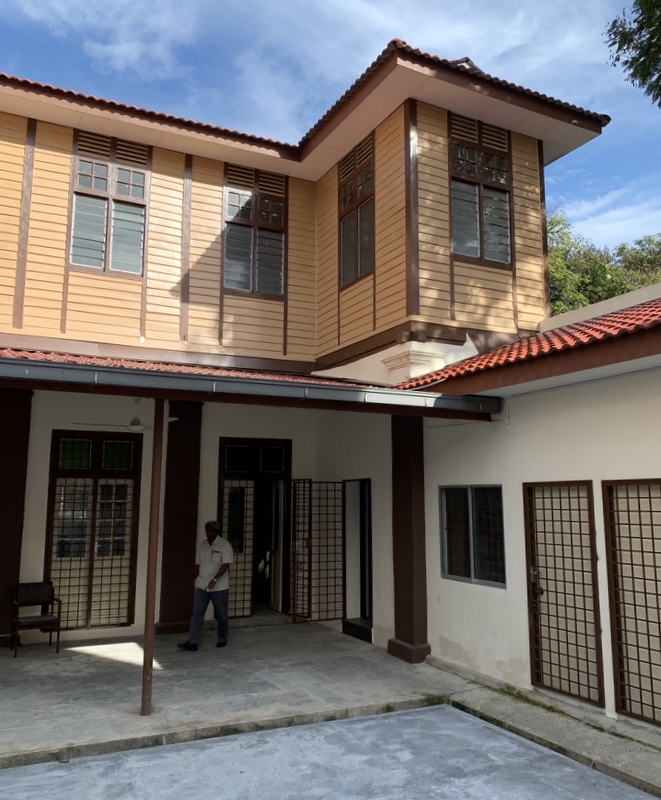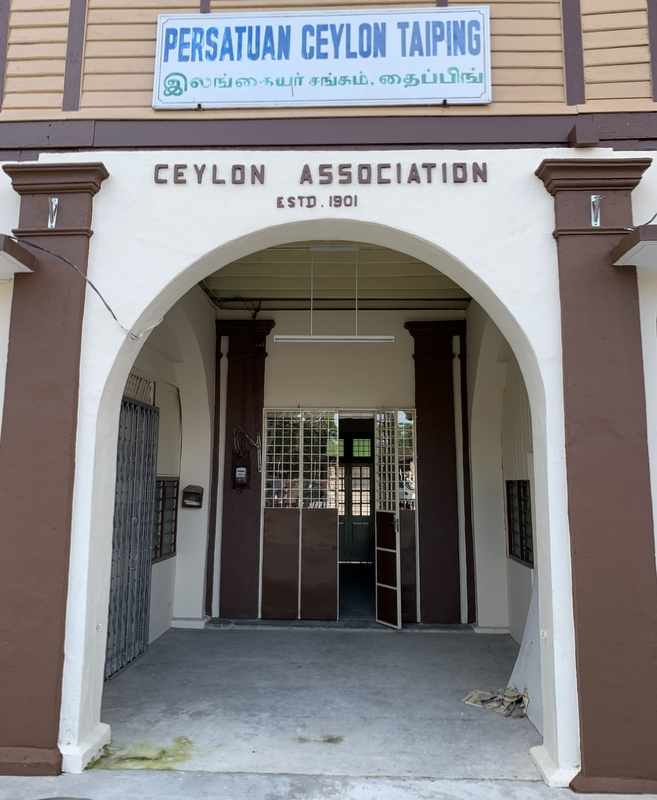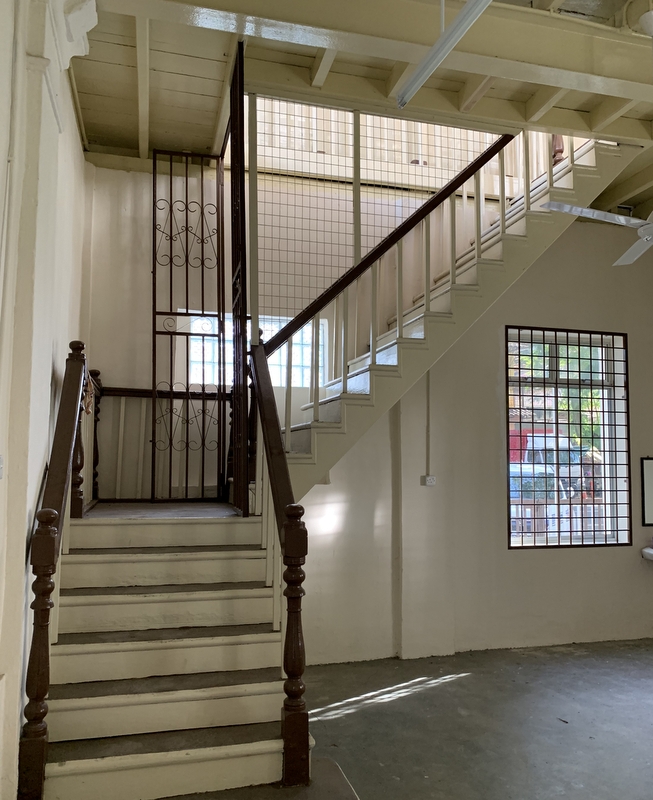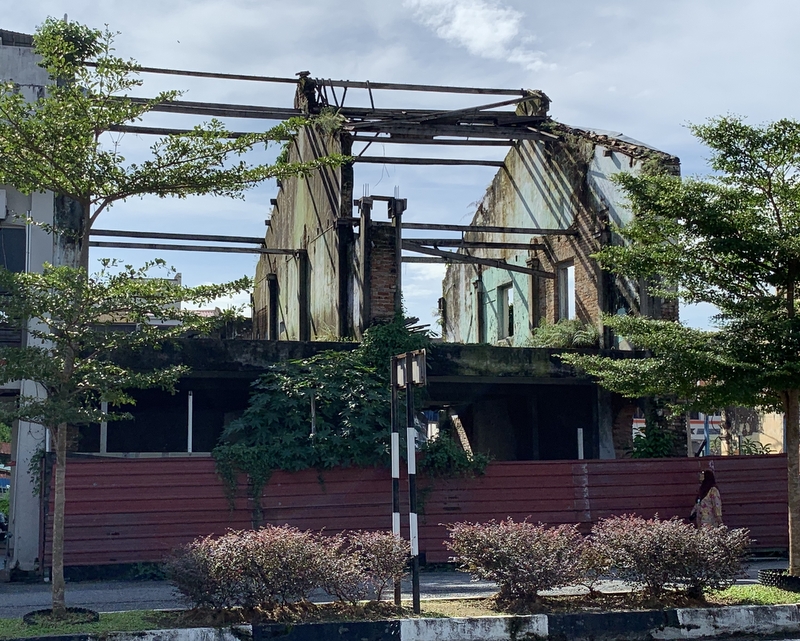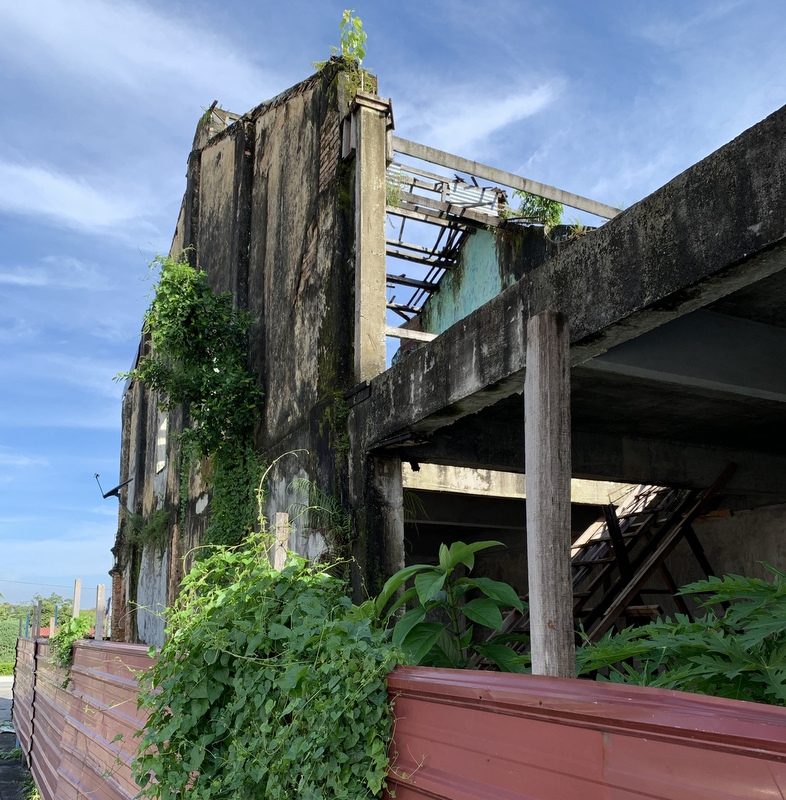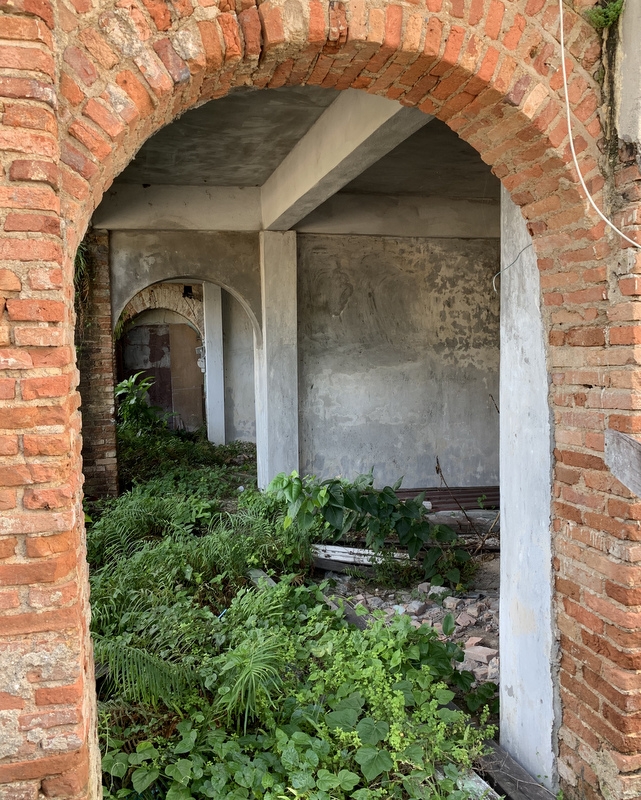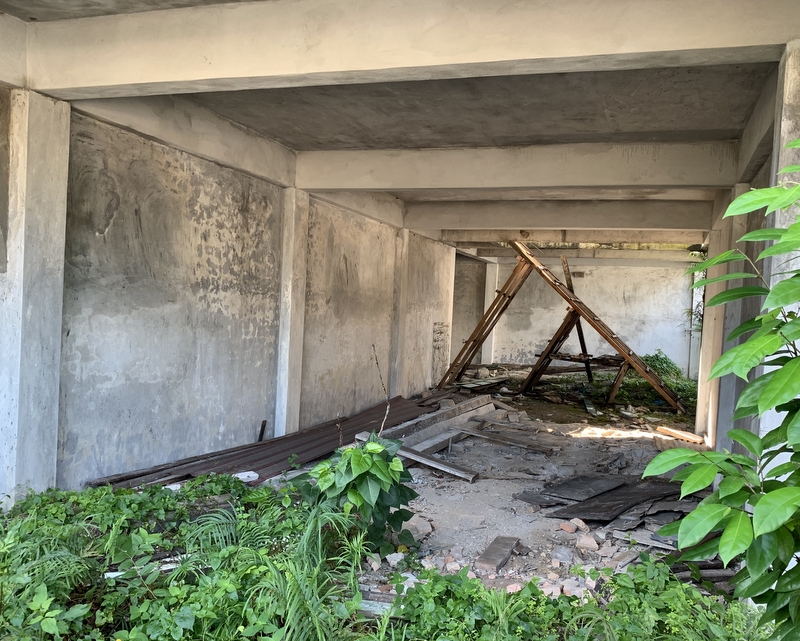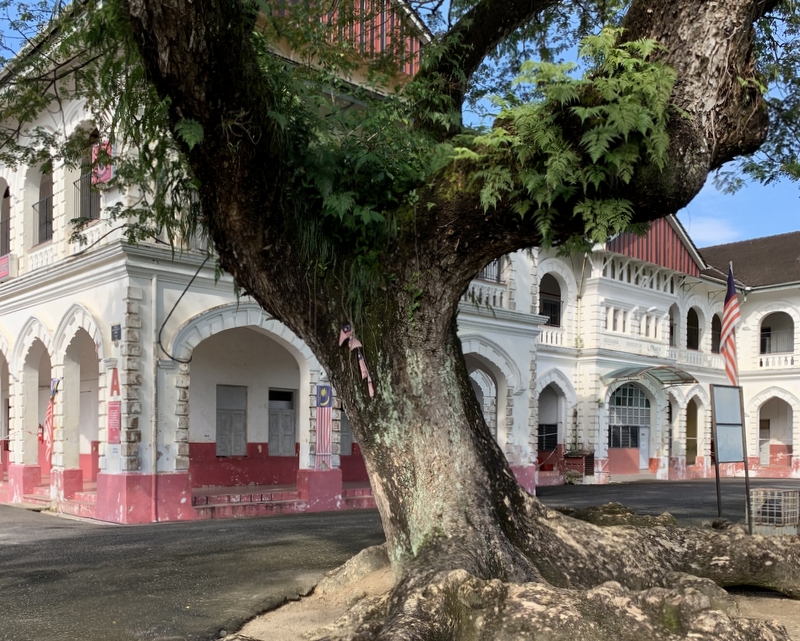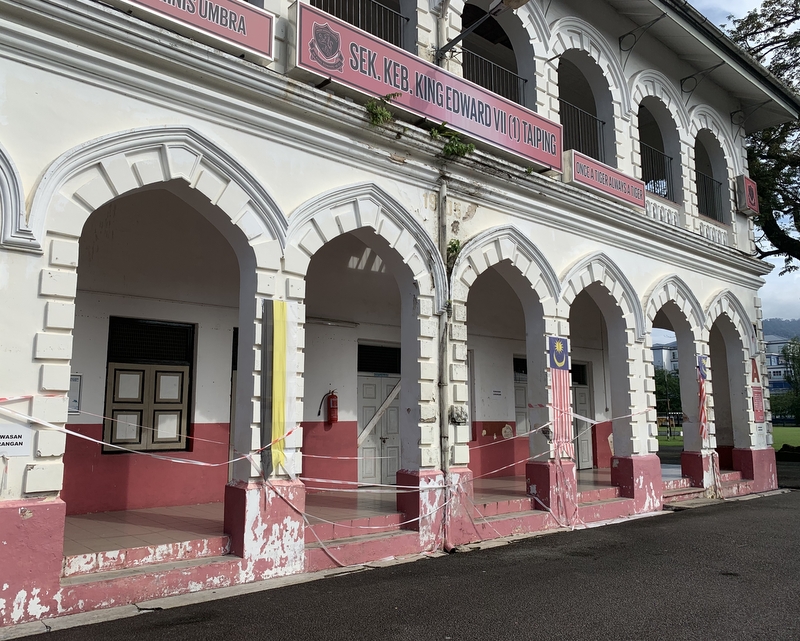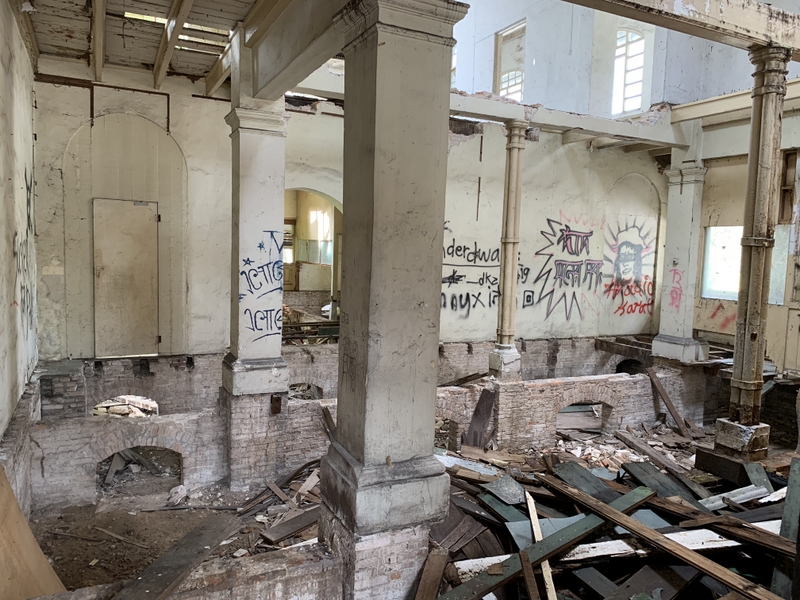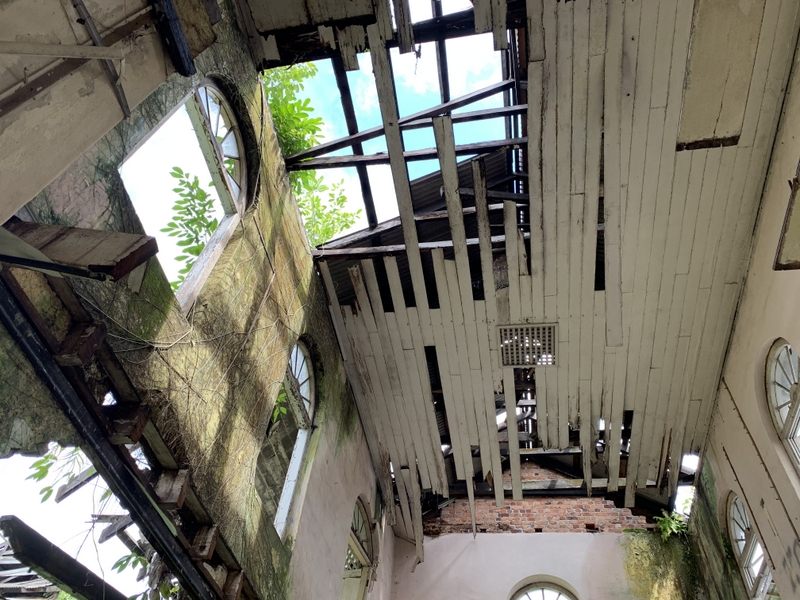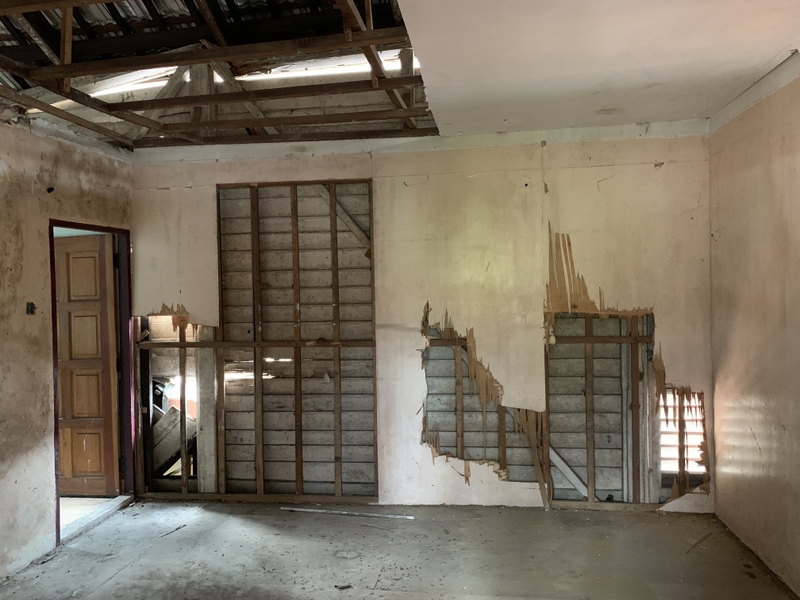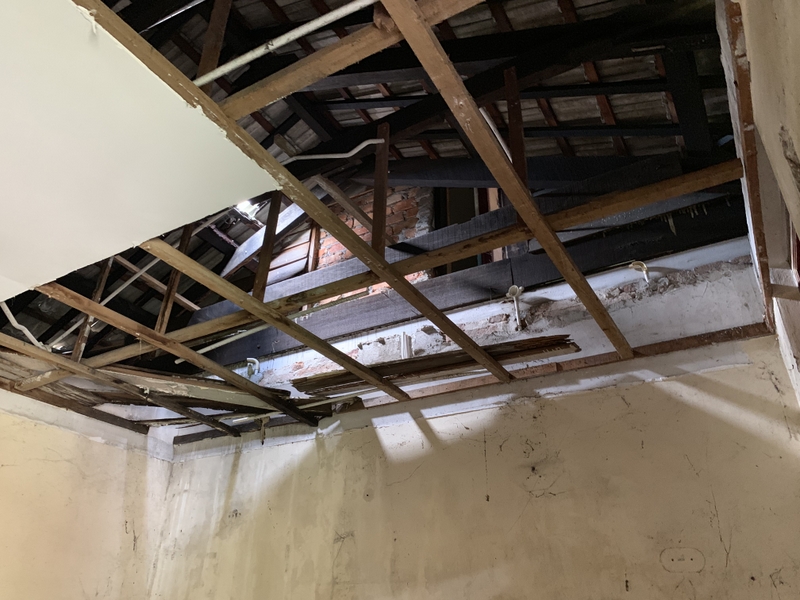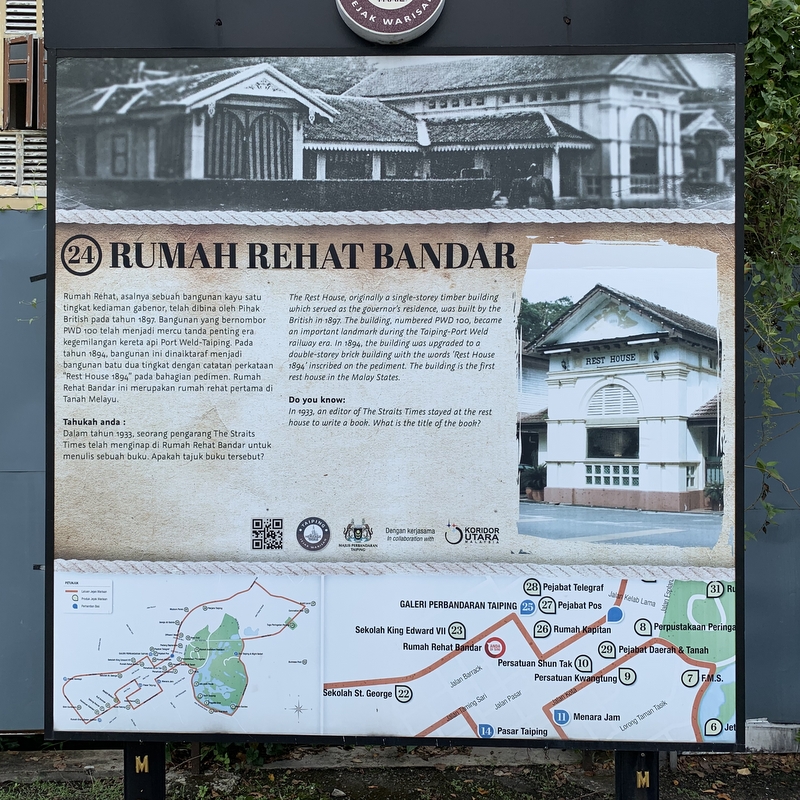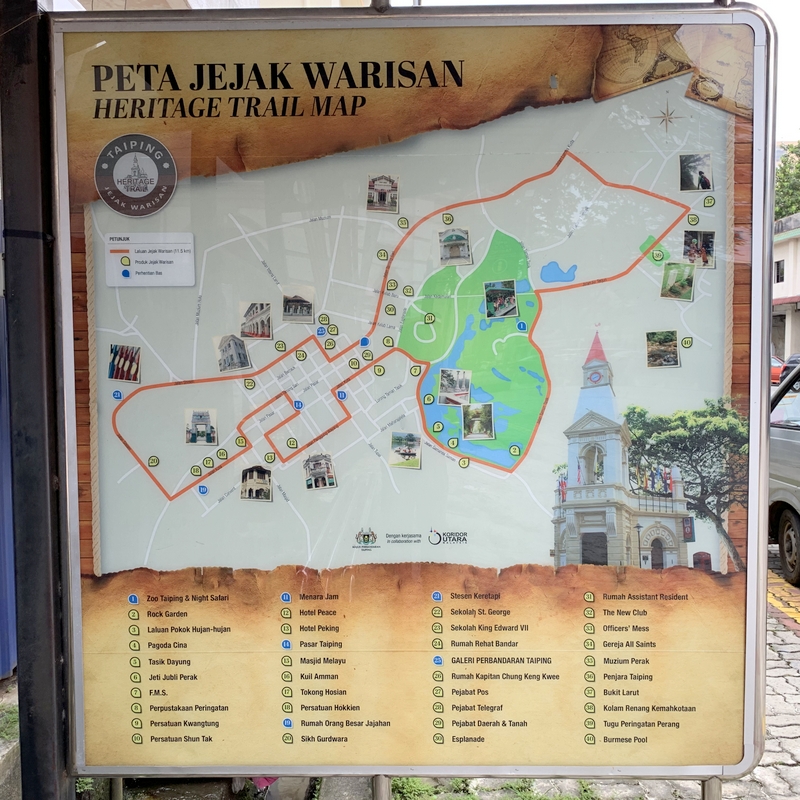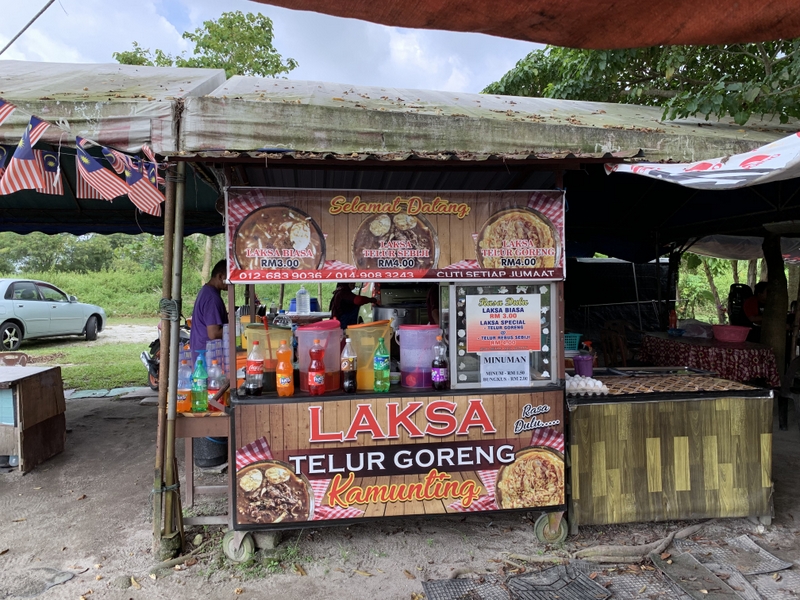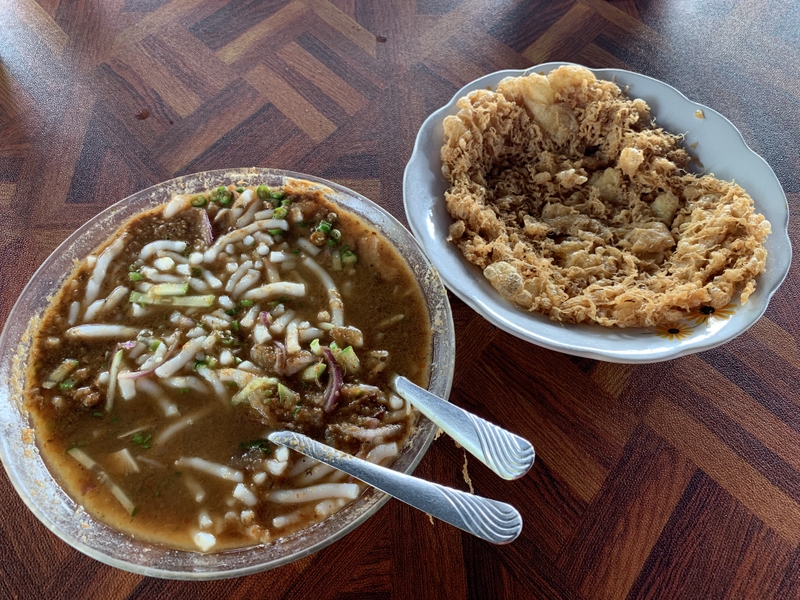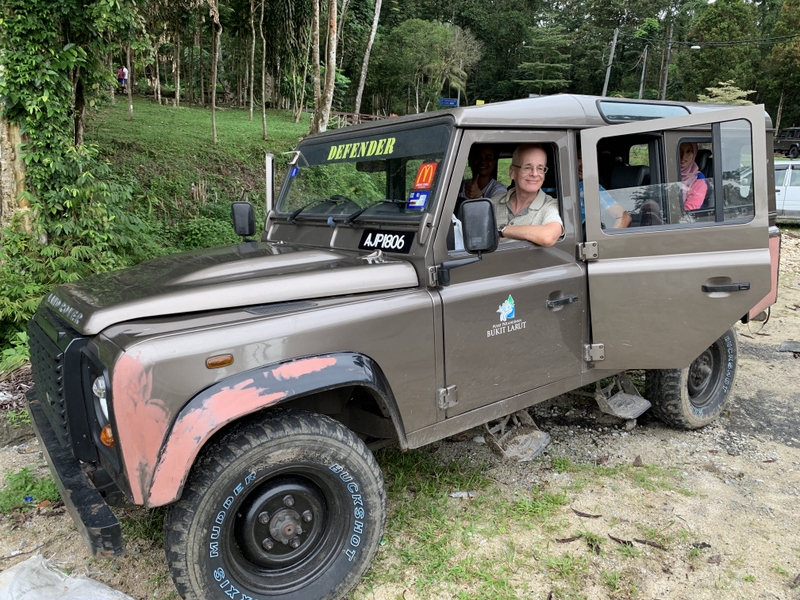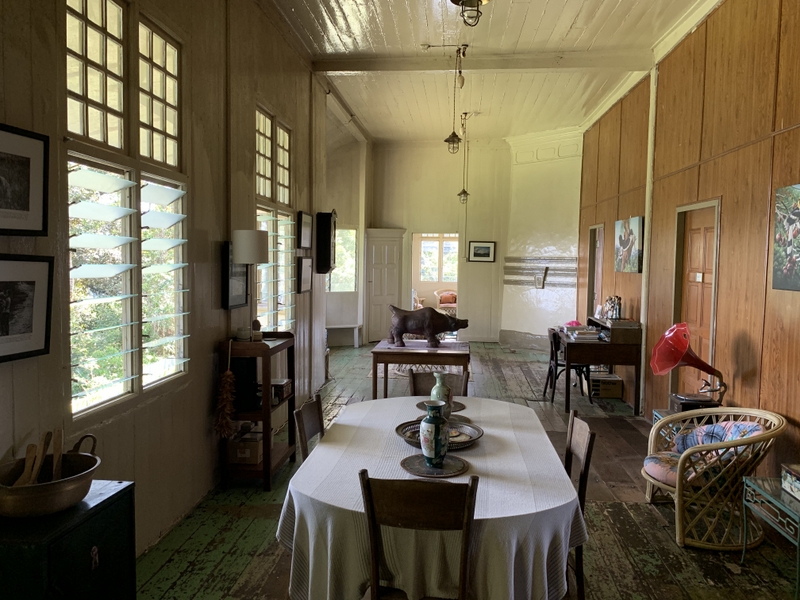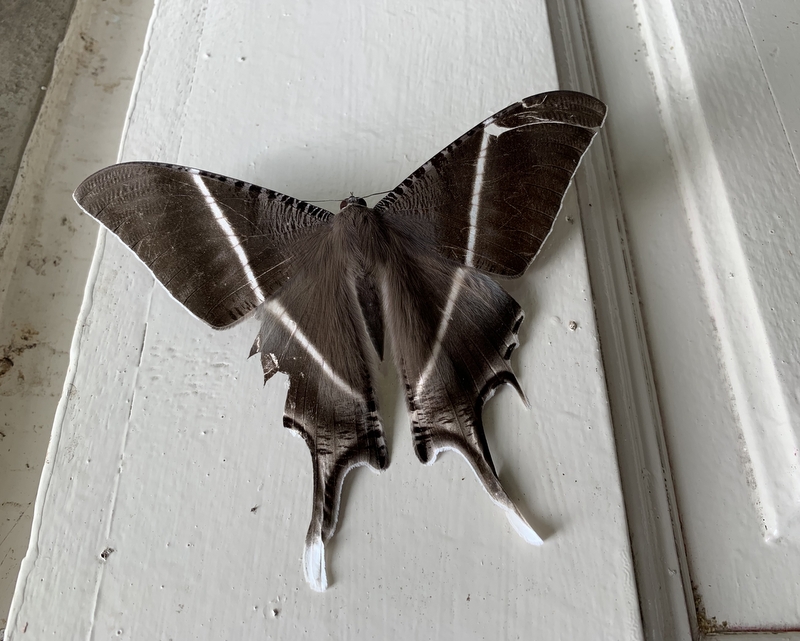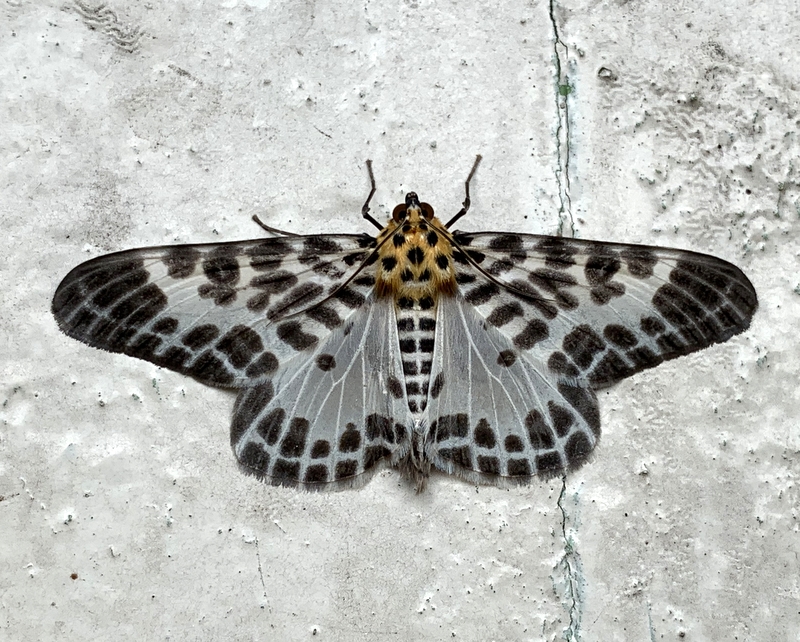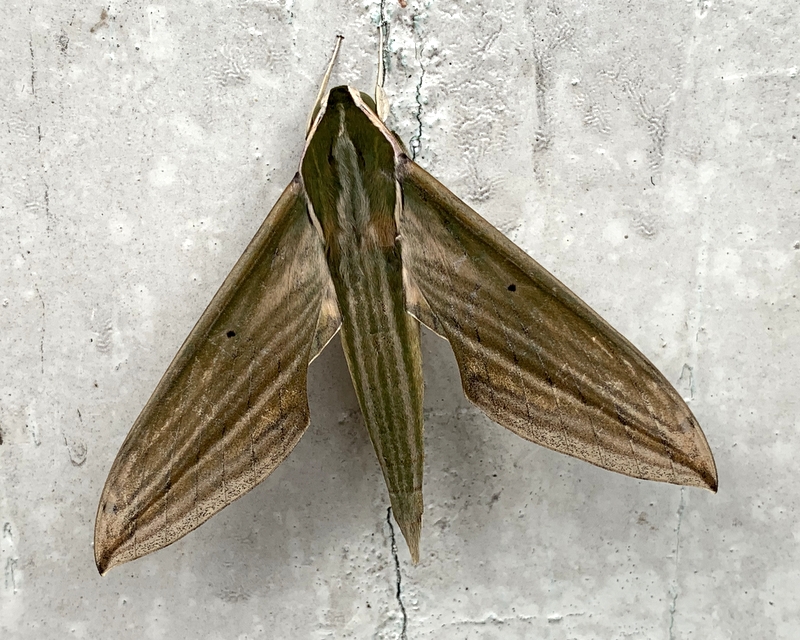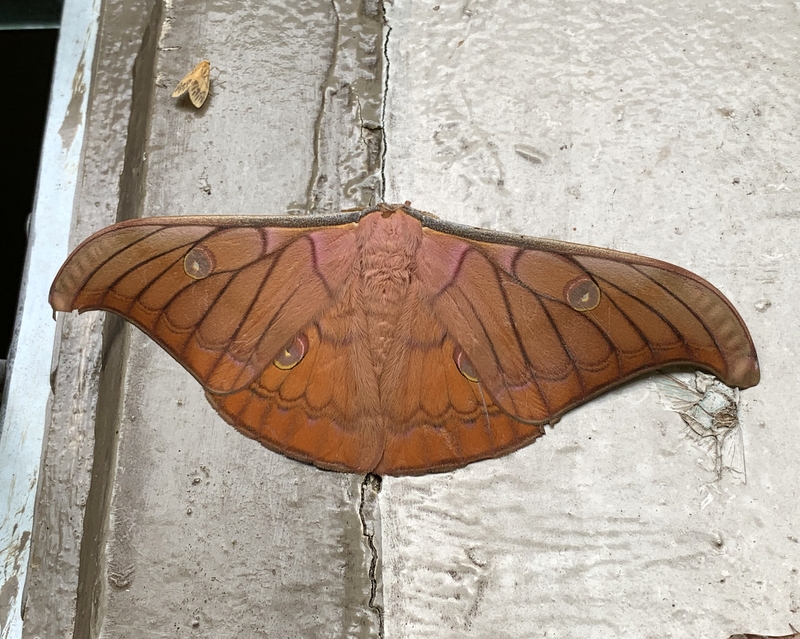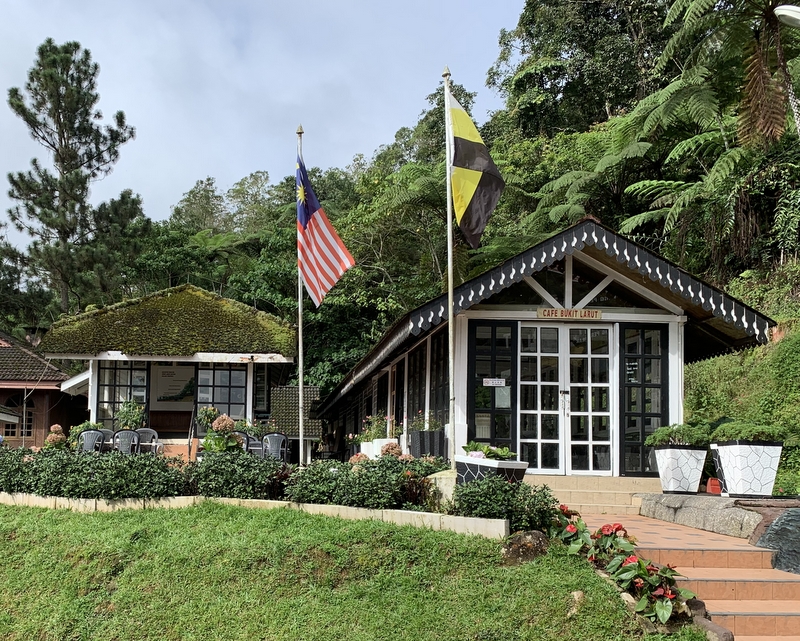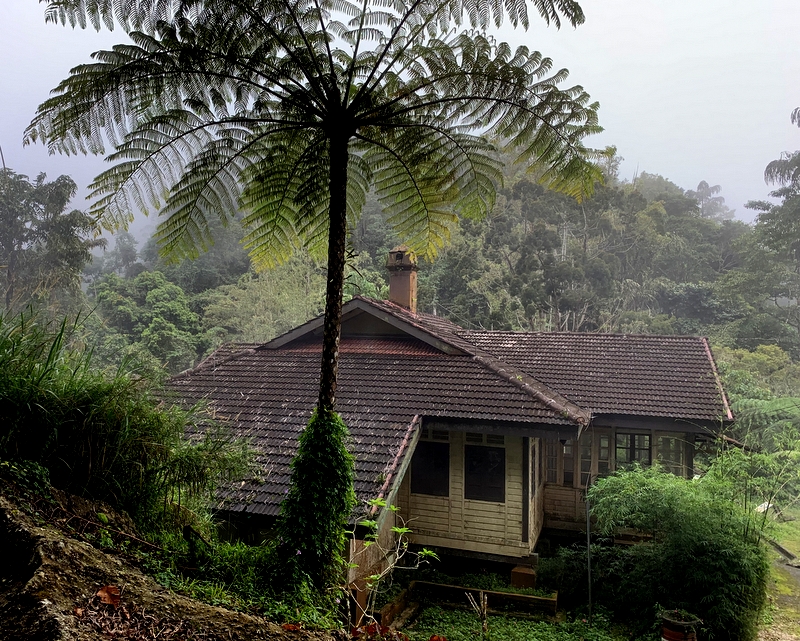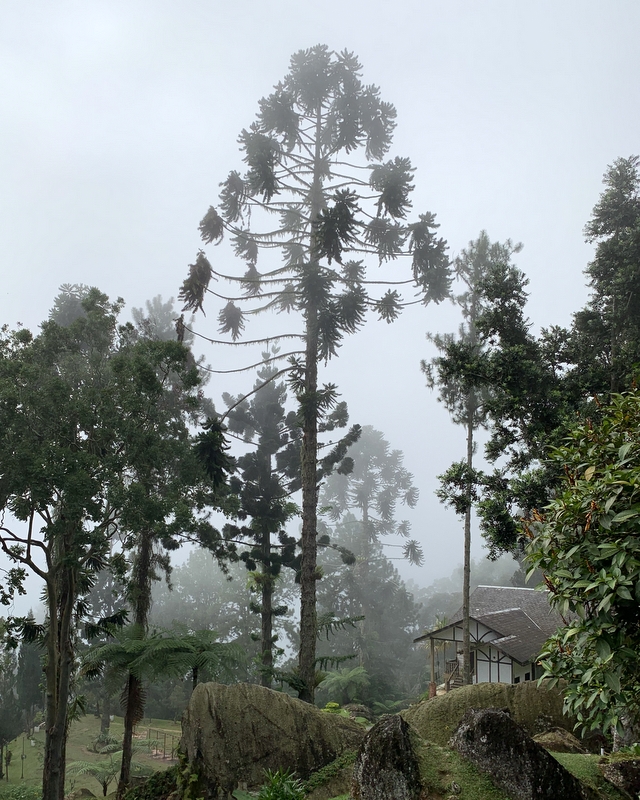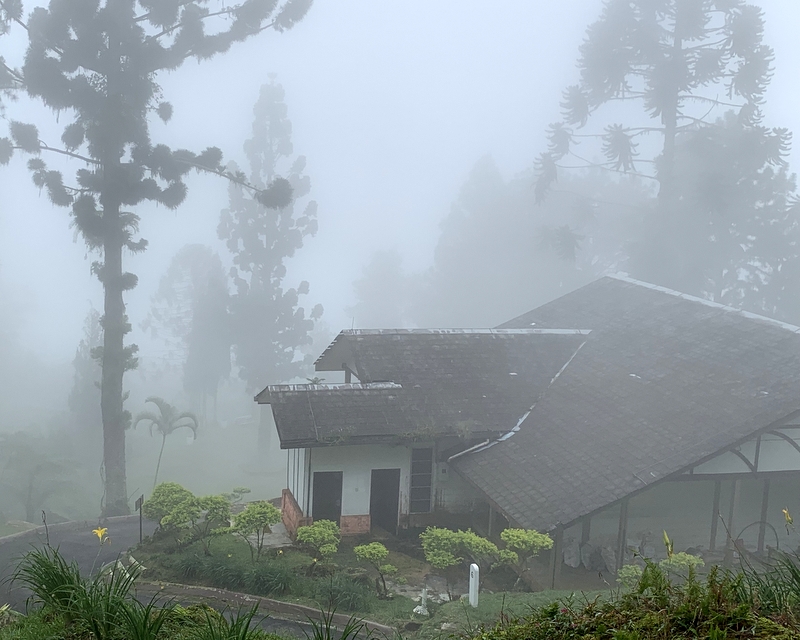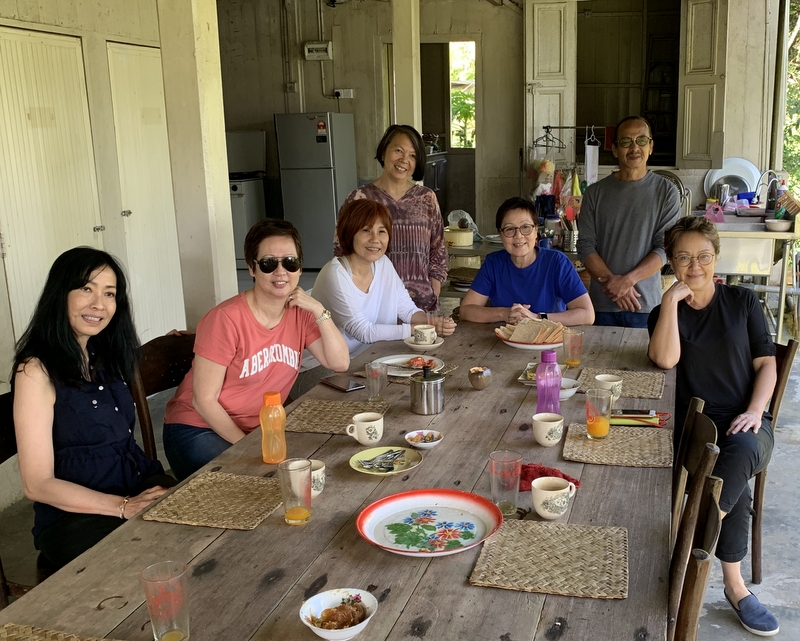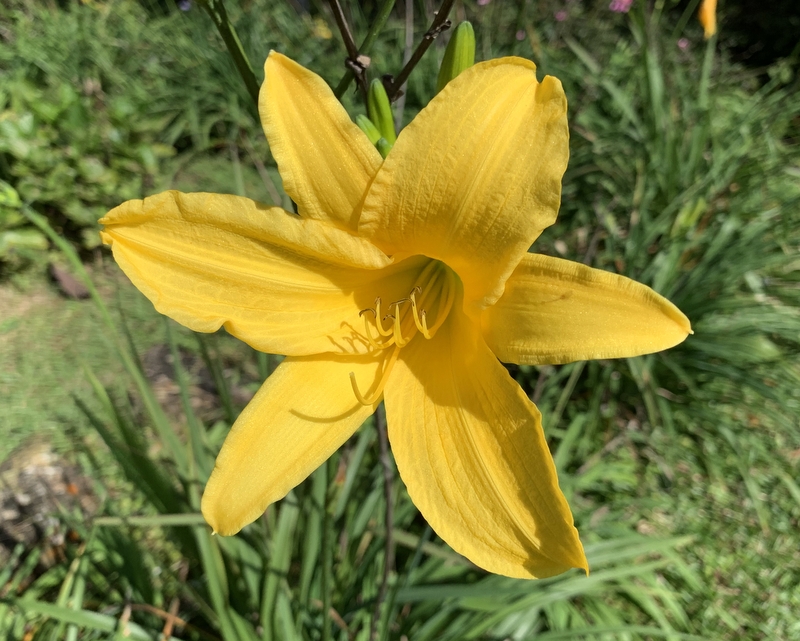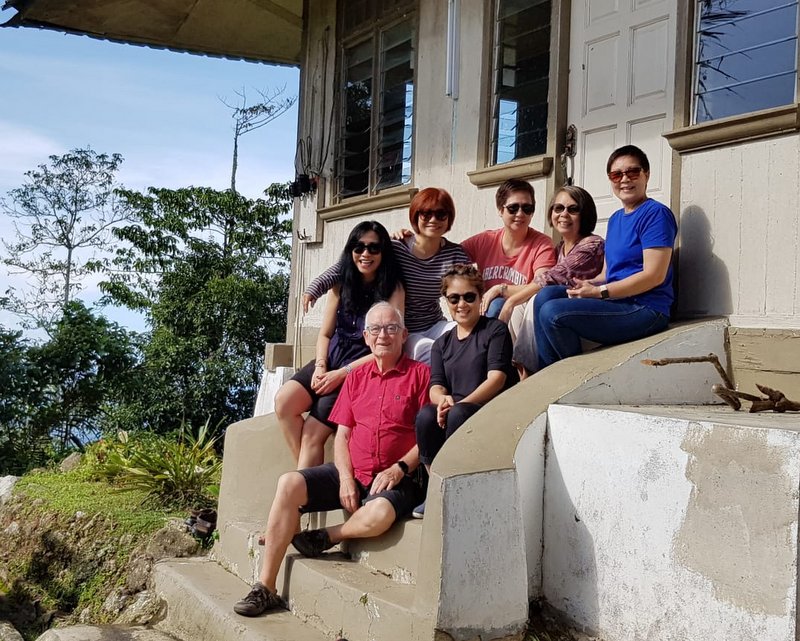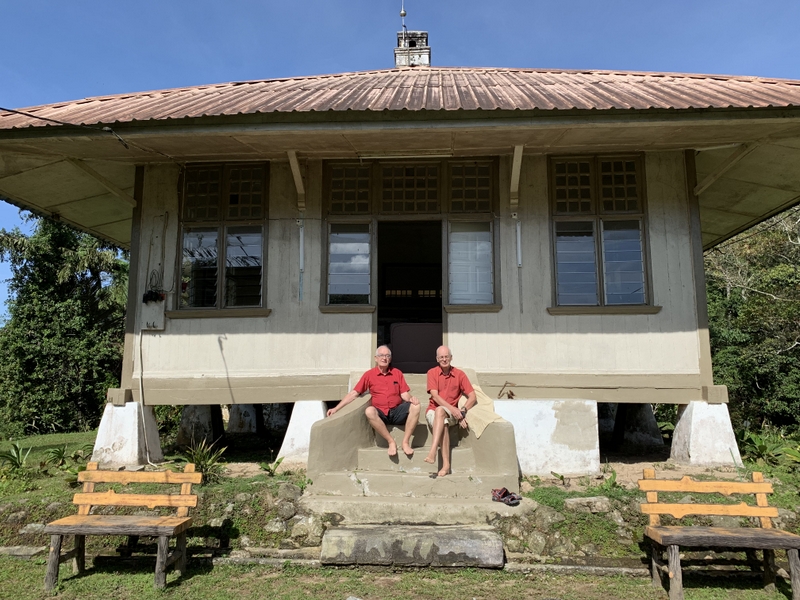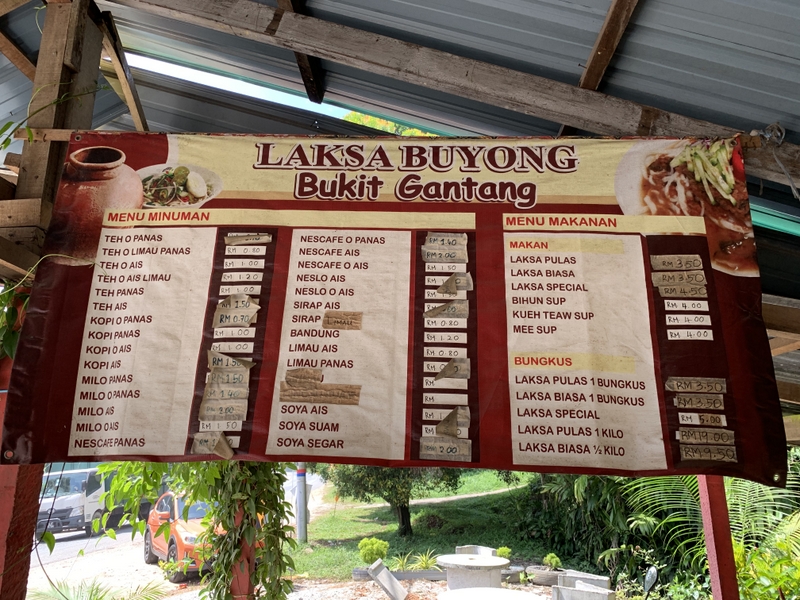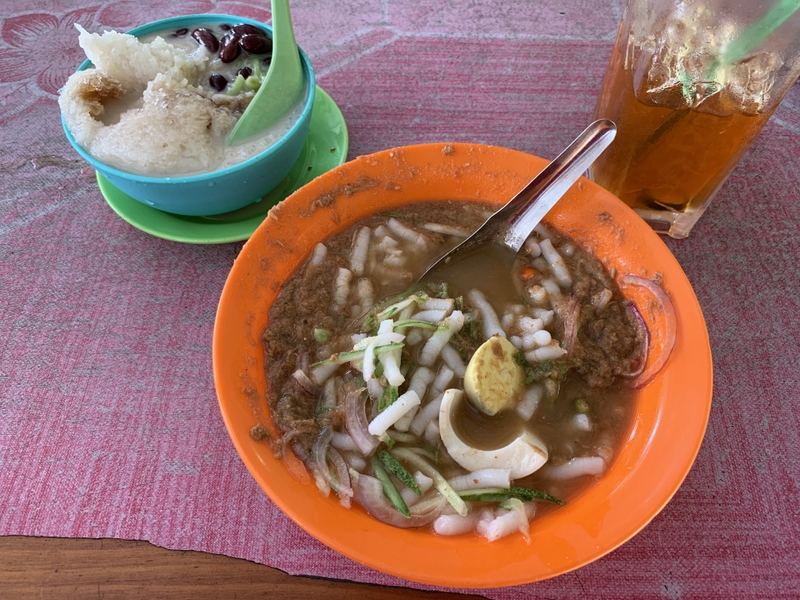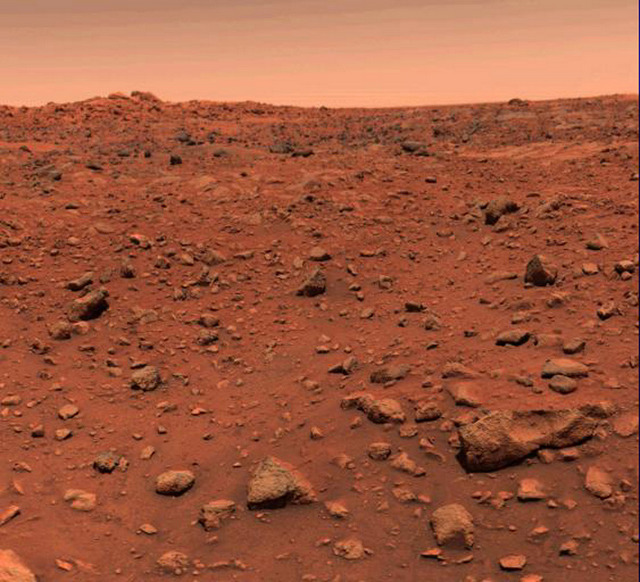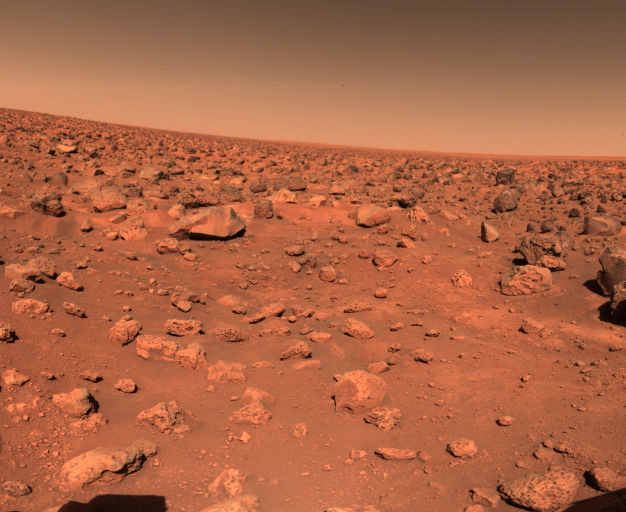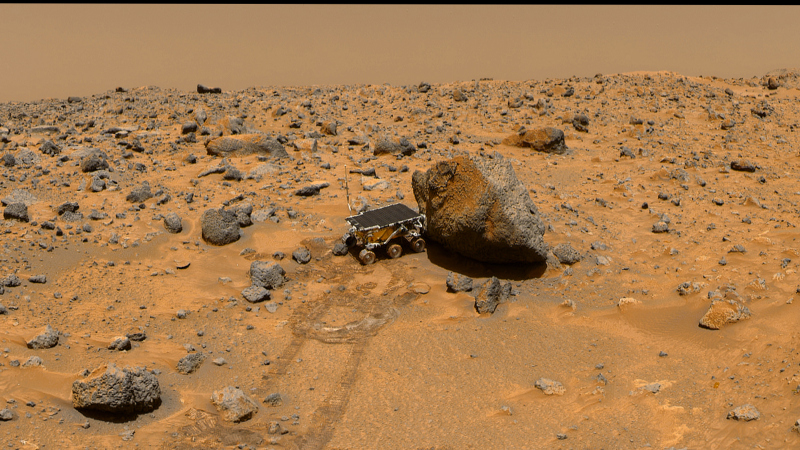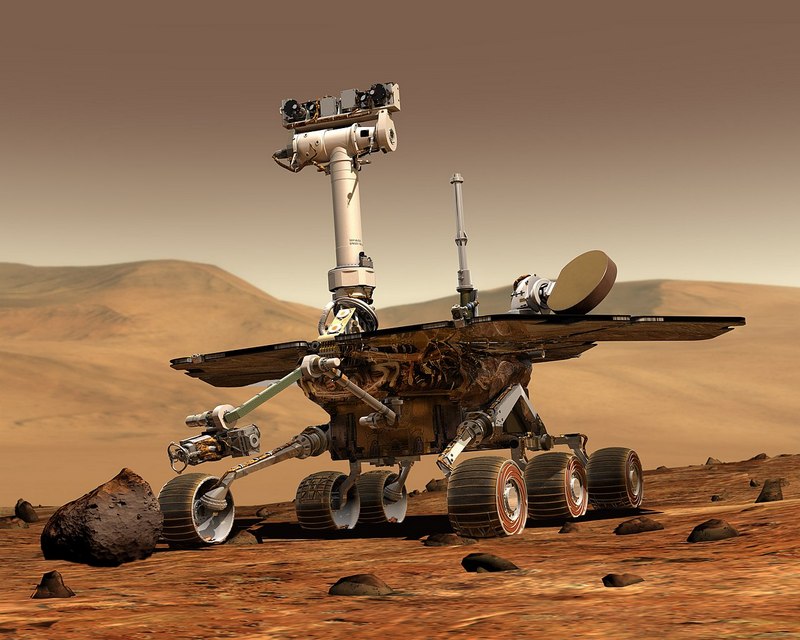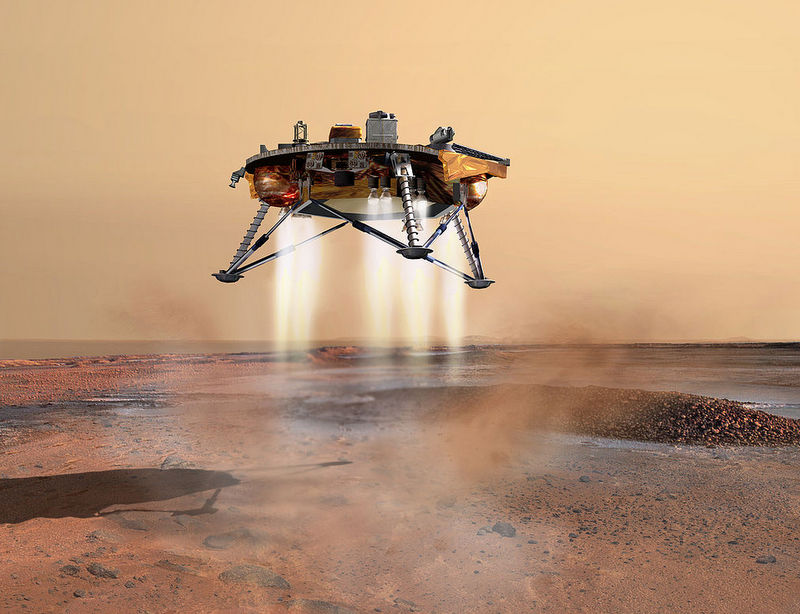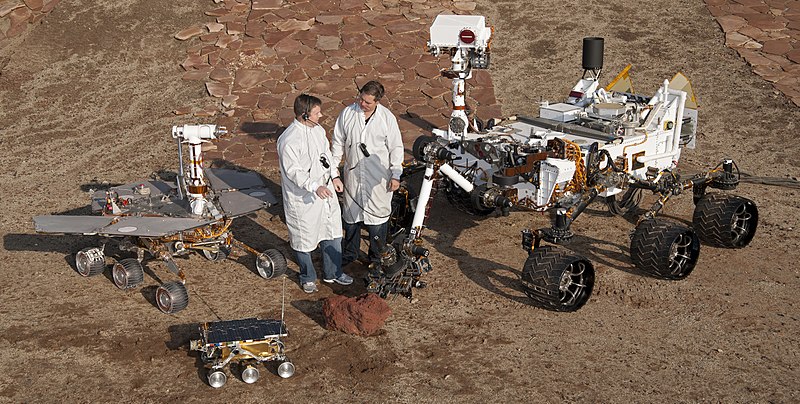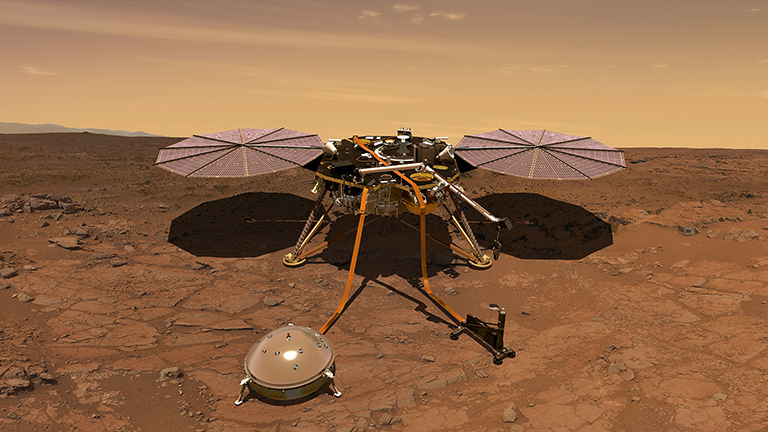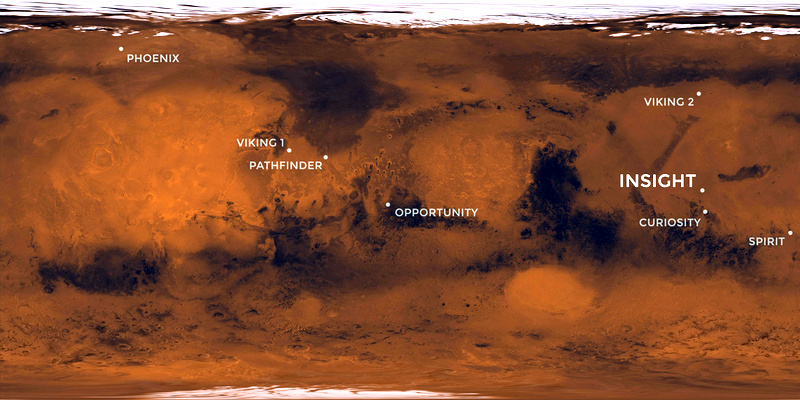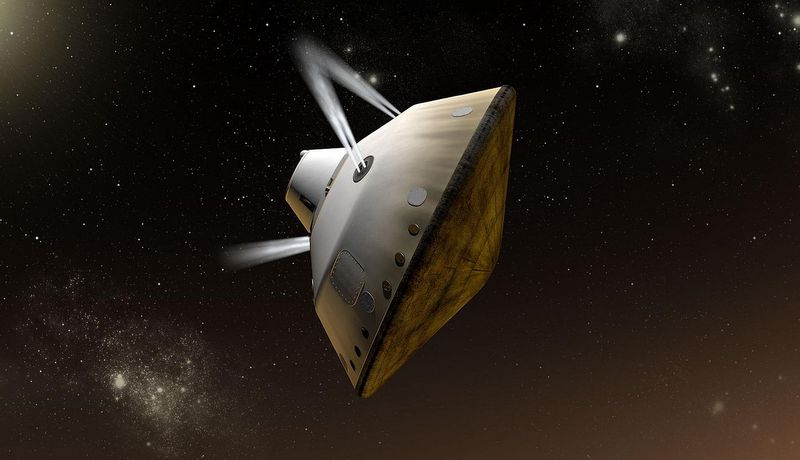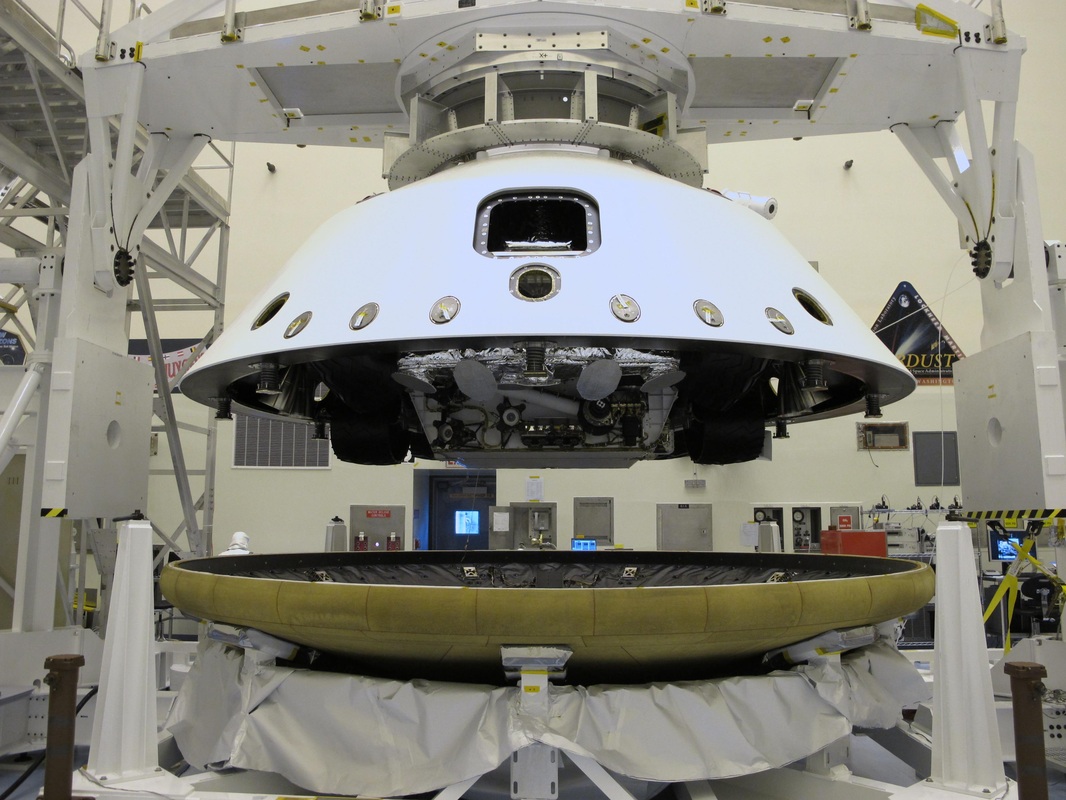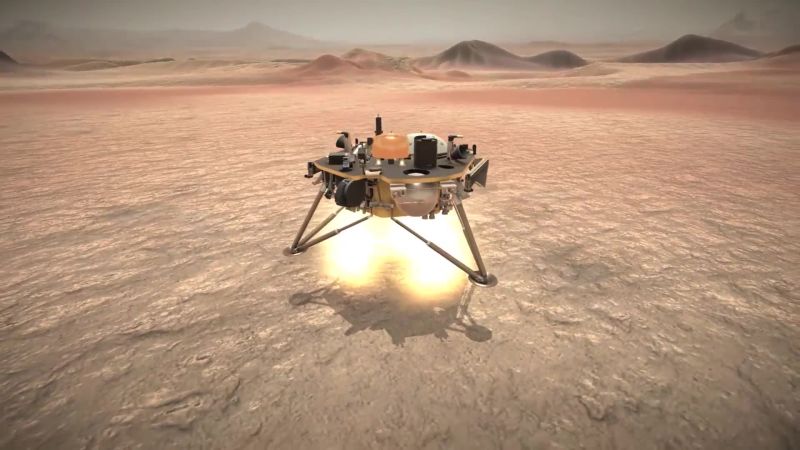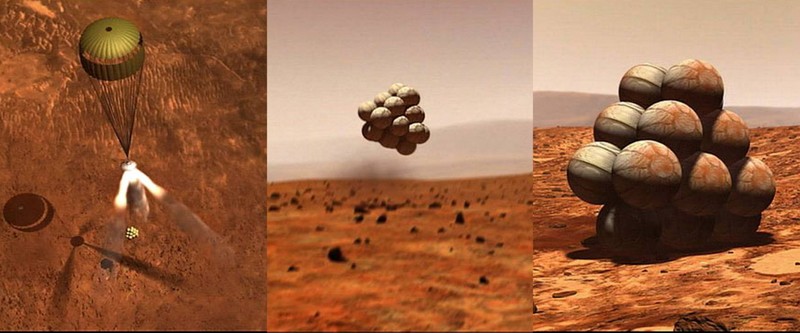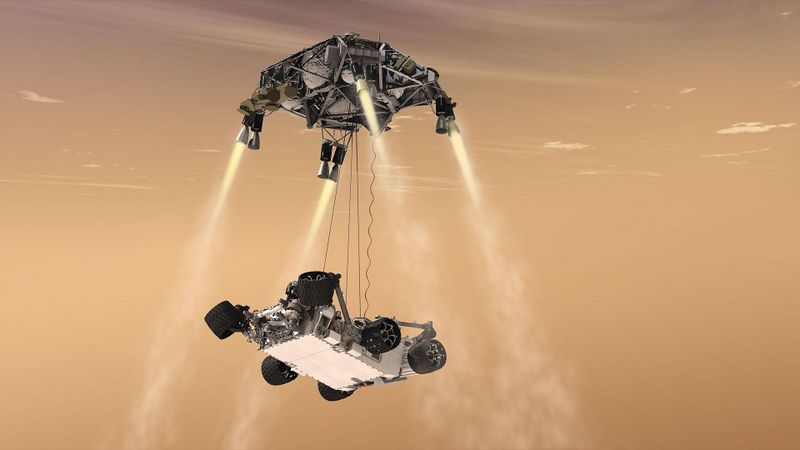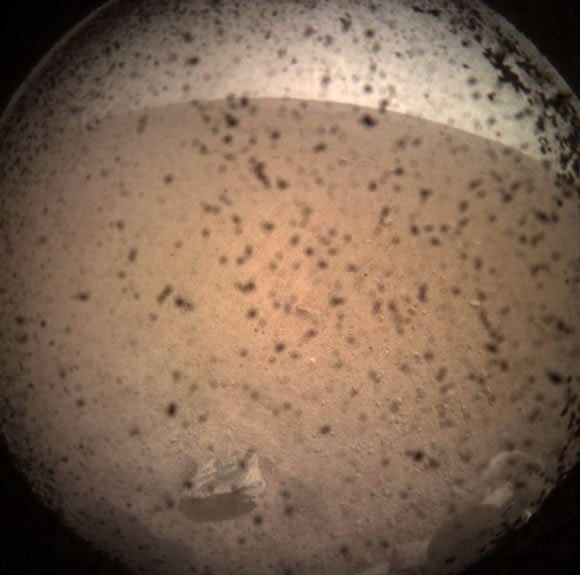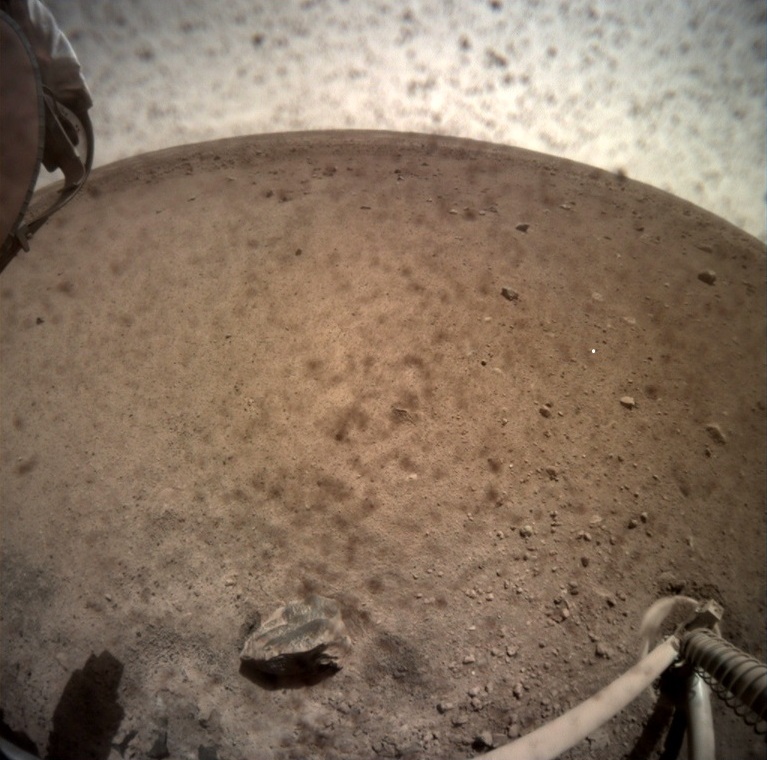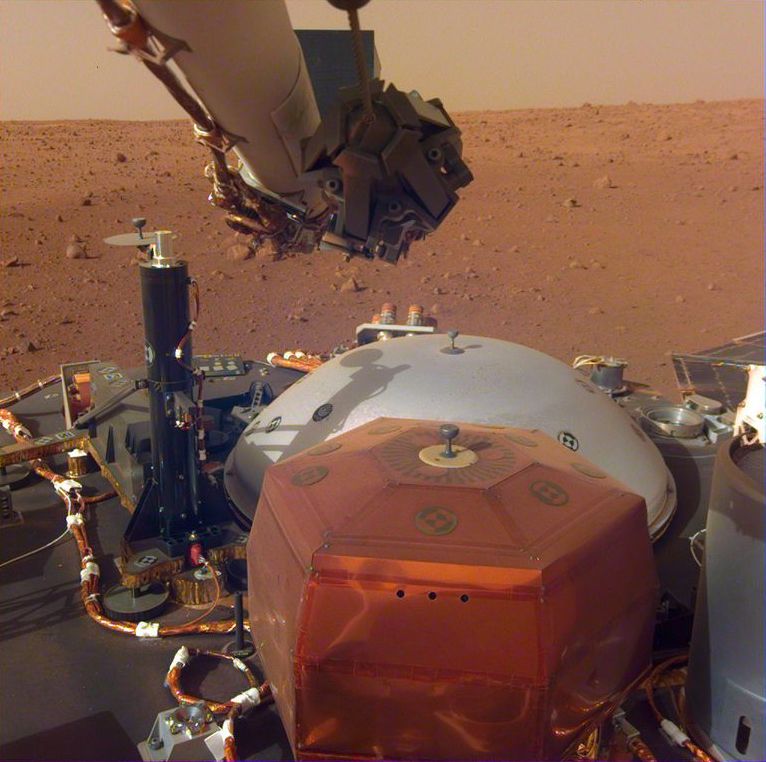My third visit in 2018! This time a bit longer than usual, first three nights in hotel Furama, then two nights in the Nest bungalow up Bukit Larut.
I took the 10:55 ETS train from Sentral and arrived 14:18 in Taiping, where my friends Lay Chun and Bok Kin were waiting for me. We had a late lunch together and chatted a lot about Taiping heritage. As the weather was rainy, they dropped me at my hotel, and arranged to meet again the next morning.
After some rest, I walked in the evening to the Lake Gardens, to have a look at the second raintree, recently fallen down. Both trees fell down in that part of Jalan Pekeliling (Circular Road) that recently has been closed to traffic and is now called the Raintree Walk. A coincidence?
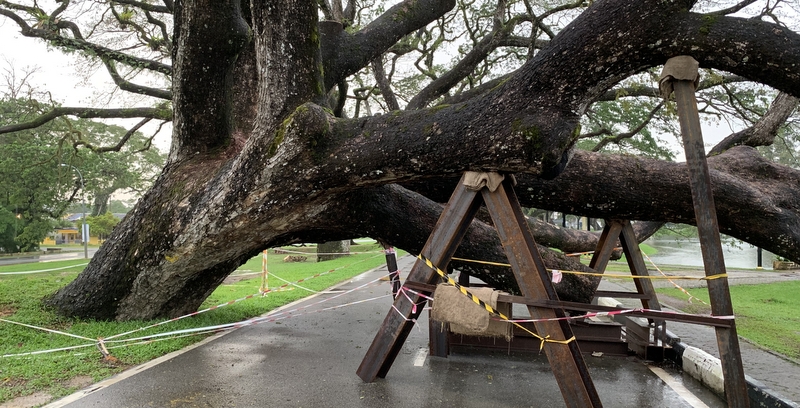
The trees have become a tourist attraction! Armed with my umbrella I walked to the Larut Matang food court for my dinner. I had popiah’s at the famous Omar Popiah stall (now renamed Jaffan Popiah). Delicious and value for money (RM 0.70 each).
Walking back to my hotel, I passed the floodlit clocktower, now tourism office, which I was planning to visit the next day.
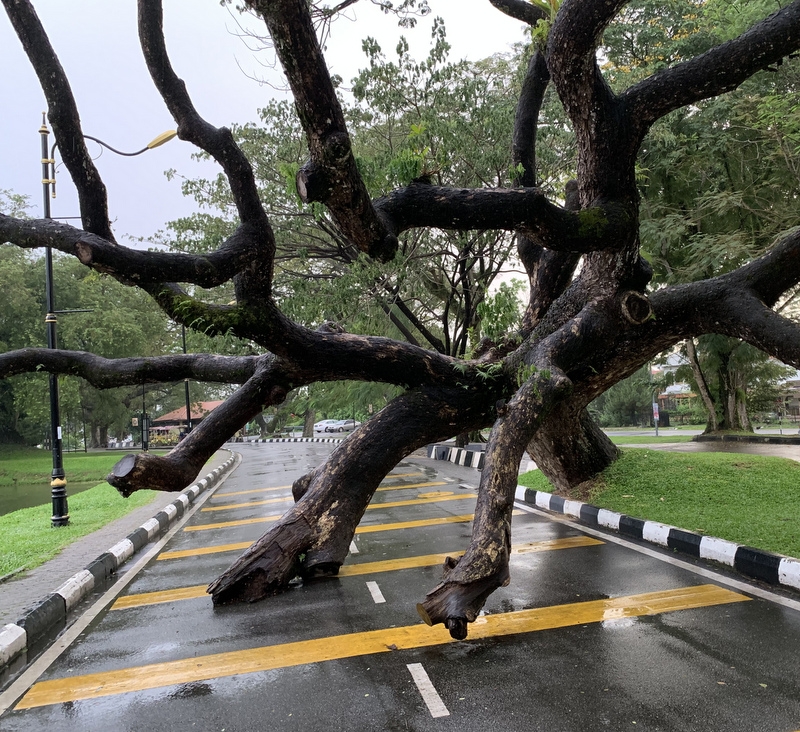
The first fallen tree 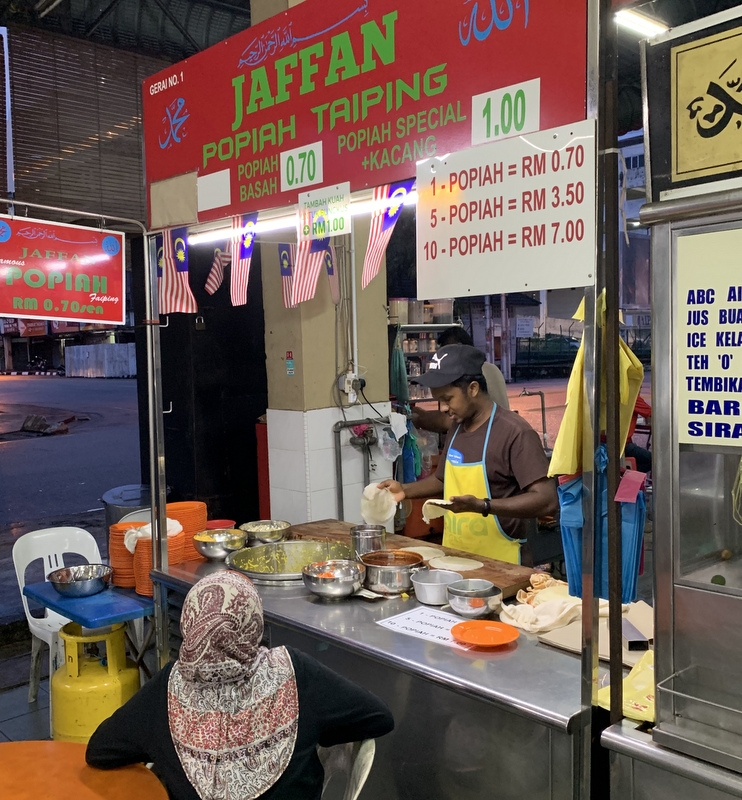
Famous Taiping Popiah 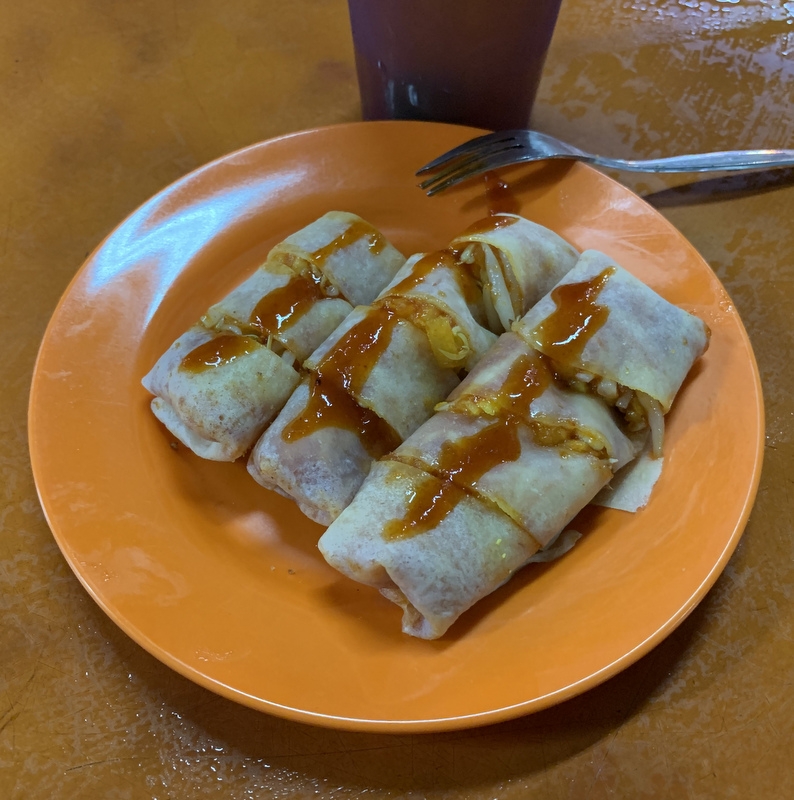
Nice and value for money 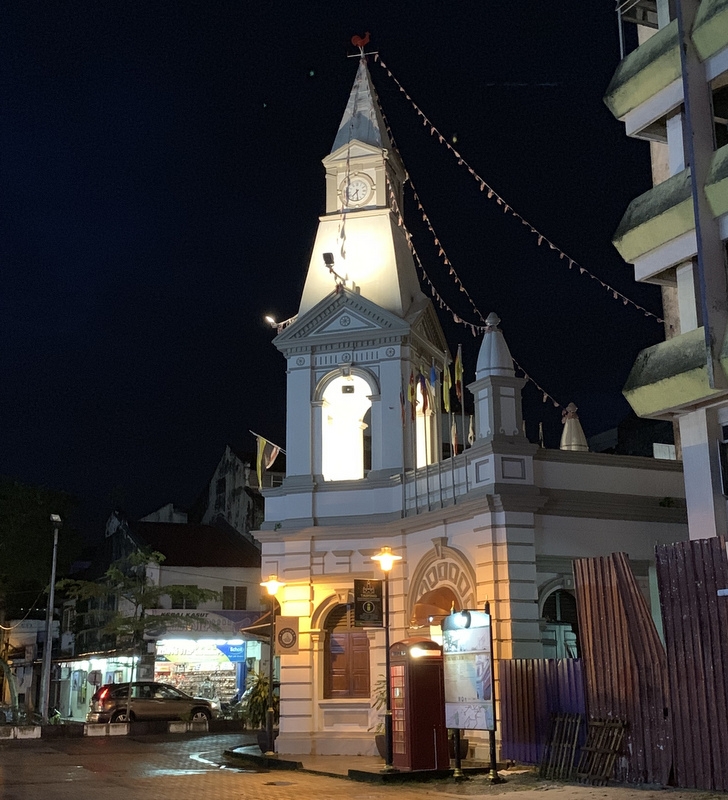
Floodlit clocktower
The next morning I met Dr Indra of the Ceylon Association. We had breakfast together and a look at the renovated Association building, one of the few successful restoration projects in Taiping. Left the building as it looked in December last year, right the present situation
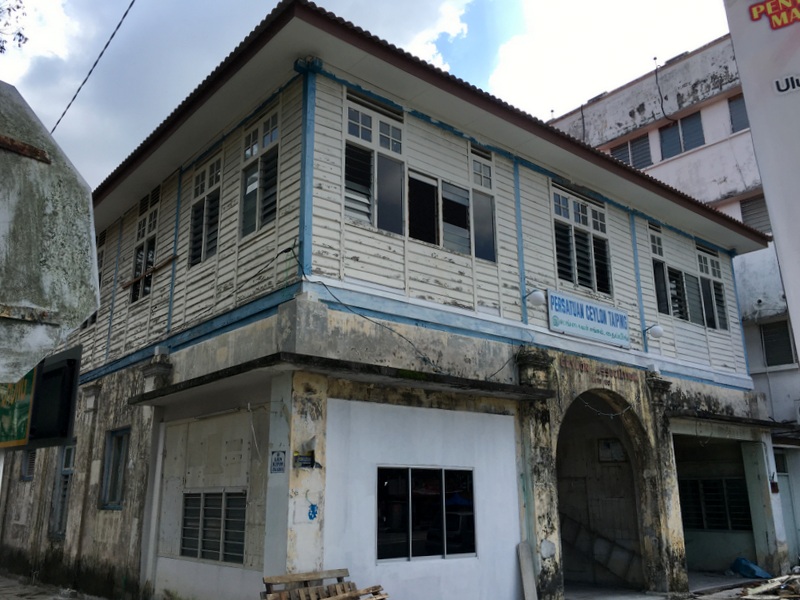
December 2017 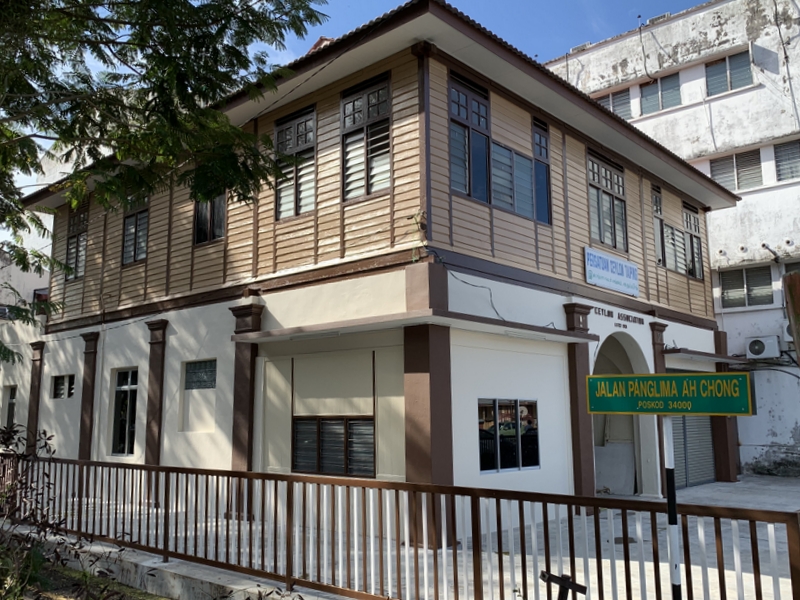
Since my last visit, a new fence has been erected. The interior still has to be refurnished.
Nearby (corner of Jalan Taming Sari and Jalan Idris) an example of what unfortunately is more common in Taiping, the skeleton of a ruined building, waiting for its final destruction.
One of the plans I had for this Taiping trip, was to visit the history galleries of two famous Taiping schools, St George’s Institution and the King Edwards VII school. Here is the beautiful facade of SGI. It is a Lasallian school.

At the school I met Lay Chun and Bok Kin. And Yeap Thean Hock, who had the key of the gallery, because it is not open to the general public.
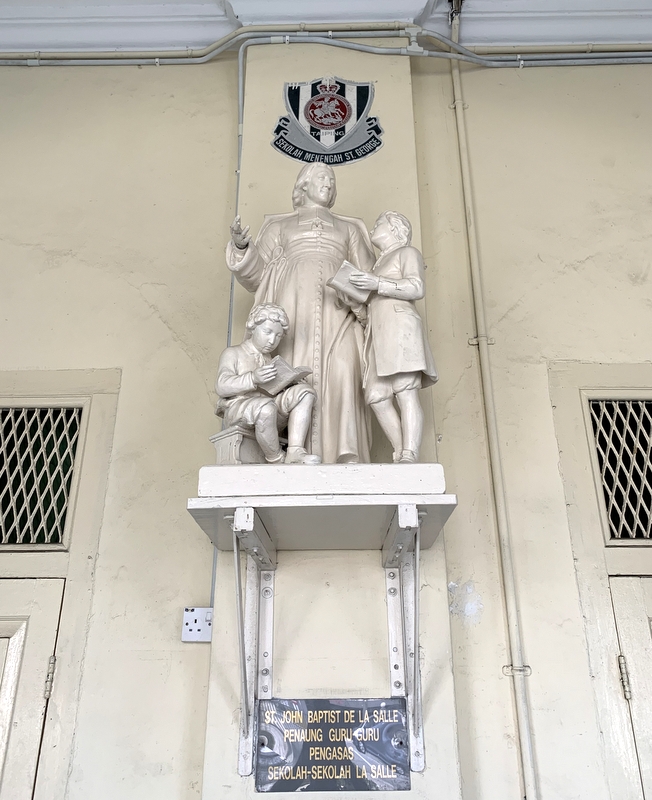
St John Baptist de La Salle 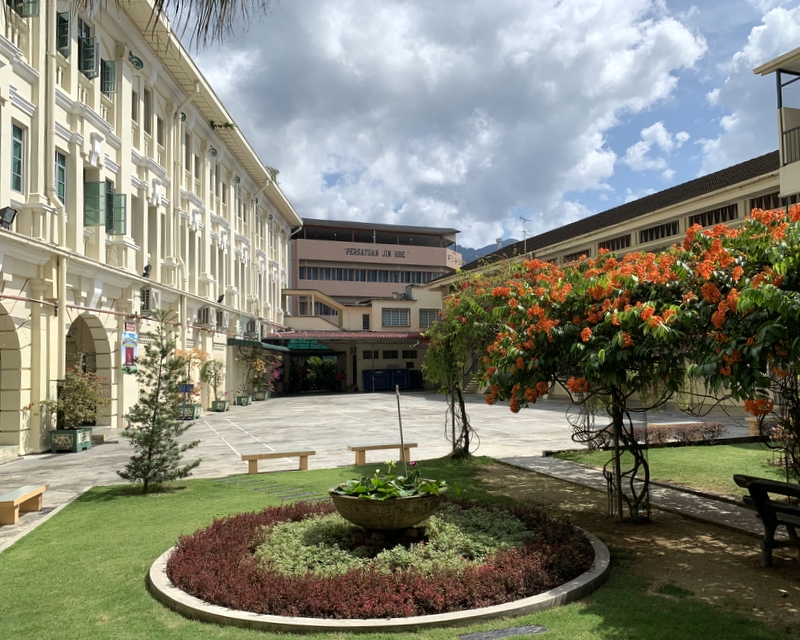
Courtyard 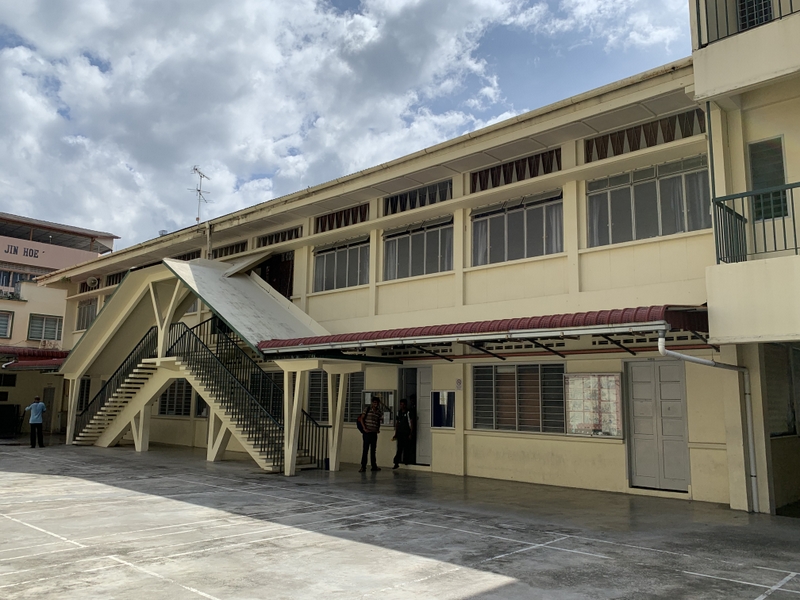
School buildings 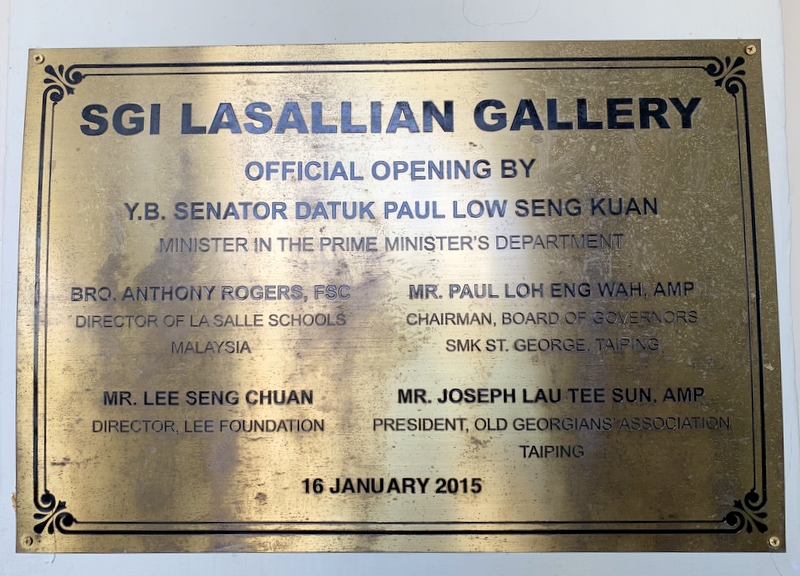
SGI gallery opened in 2015
The gallery was opened in 2015, when SGI celebrated its centennial. Yeap, who was involved in the creation of the gallery, guided us around. An interesting collection of photographs and memorabilia.
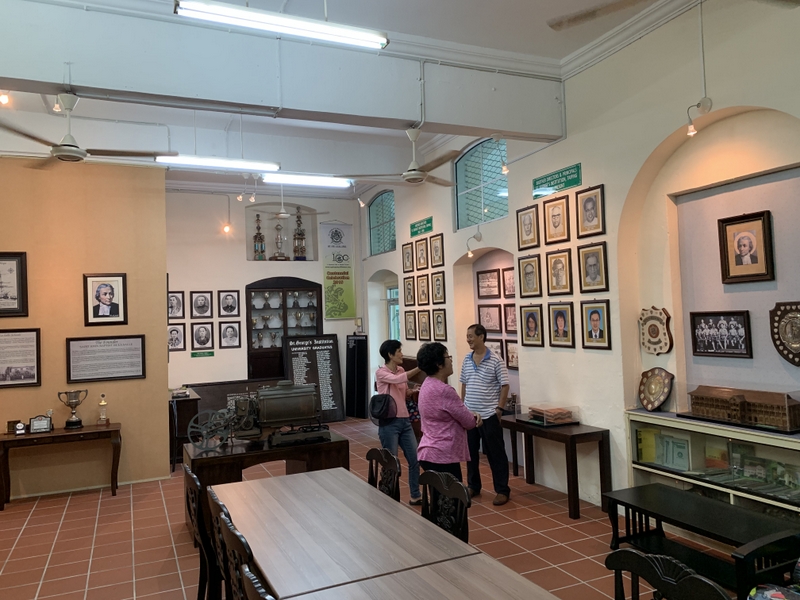
The SGI gallery 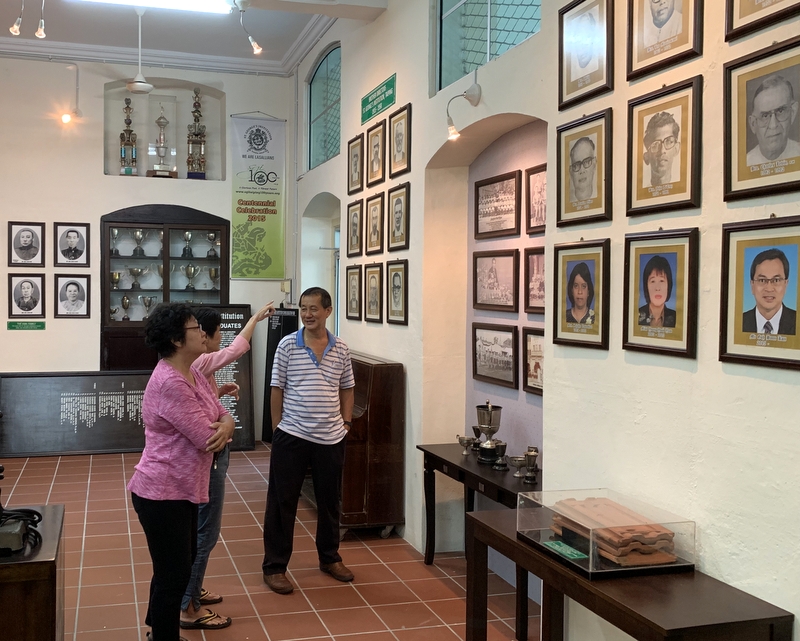
Yeap Thean Hock explaining 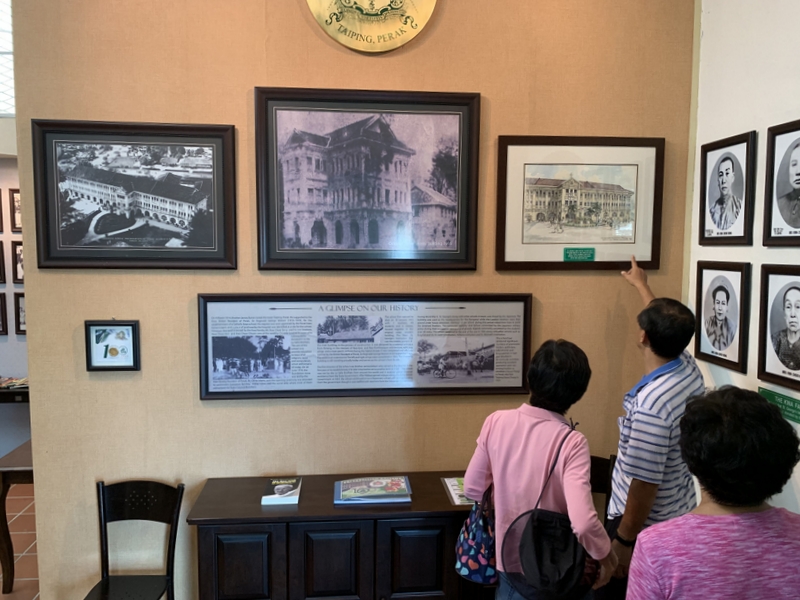
Pictures of the school buildings 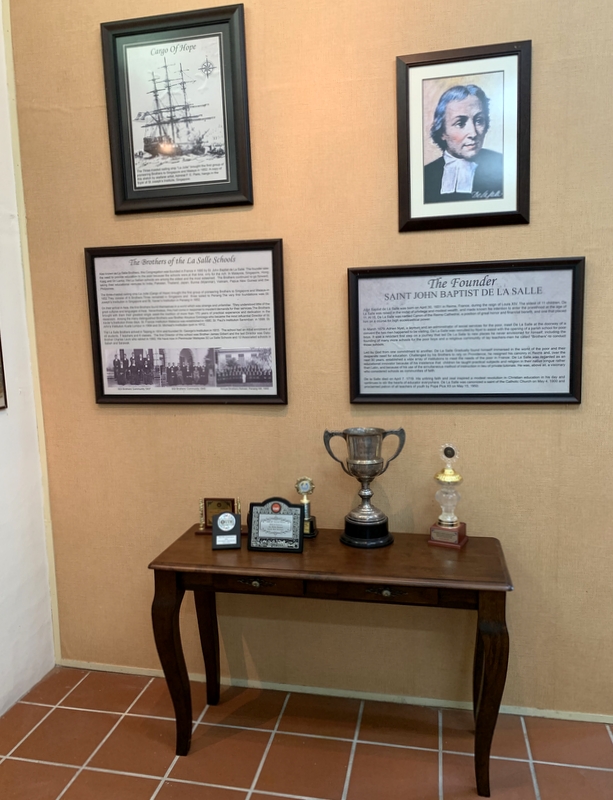
History of de La Salle schools 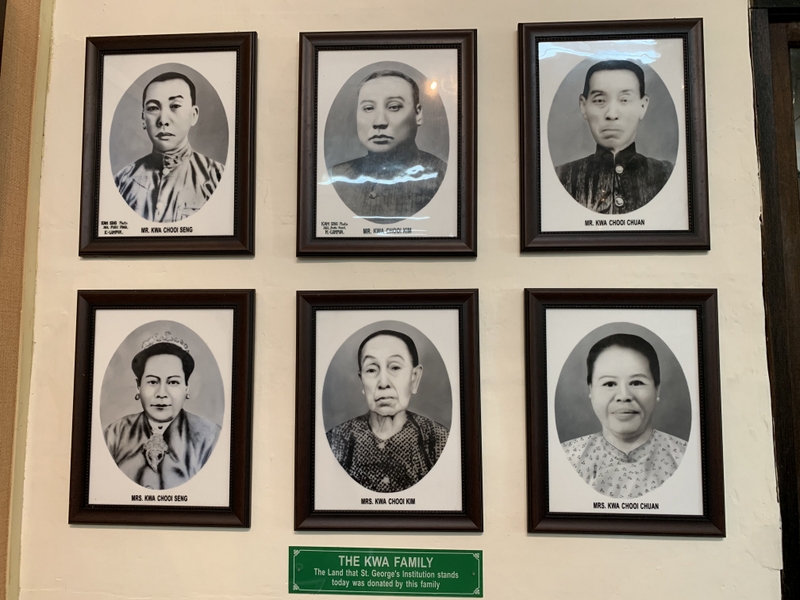
They donated the land for SGI 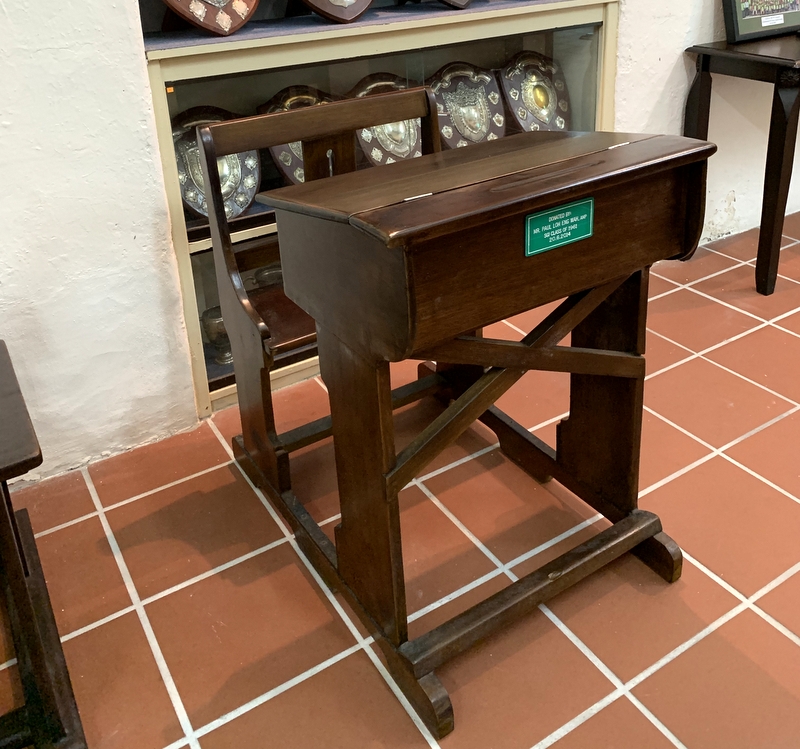
School bench 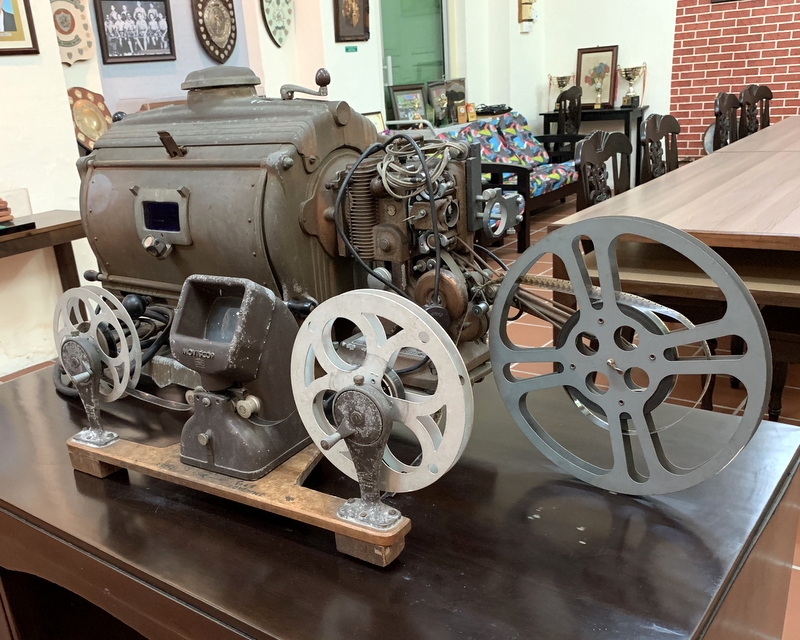
Old movie projector 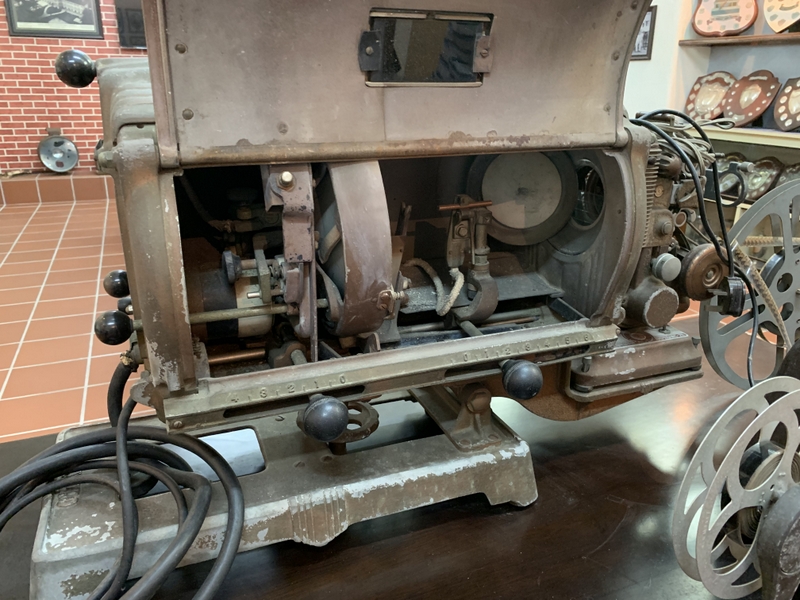
With a carbon arc lamp, water-cooled!
After a char kway teow lunch with my friends in the Peace Hotel, we went to the recently opened Telegraph Museum, another example of a successful restoration.
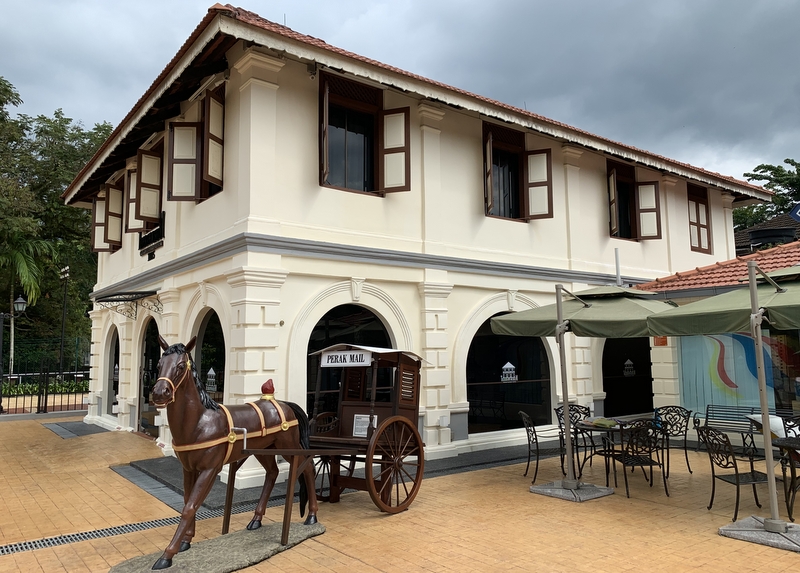
Both outside and inside it looks magnificent. The first telegraph lines in Malaya connected Taiping to Port Weld and to Kuala Kangsar, so it is apt that a museum about the history of telegraphy and telecommunications has been established here, in the old Post & Telegraph Office (1885).
I hope the museum will become a success, the collection is well presented but quite technical. And the ticket price is too high, RM 8 (15) for Malaysians (non-Malaysians). Compare that with the National Museum in KL, RM 2 (5) or the Perak Museum in Taiping, RM 2 for everybody.
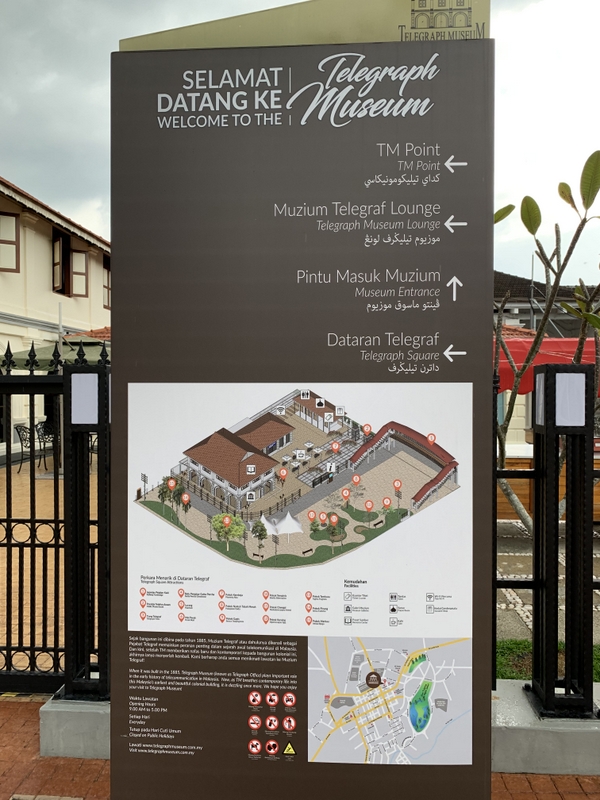
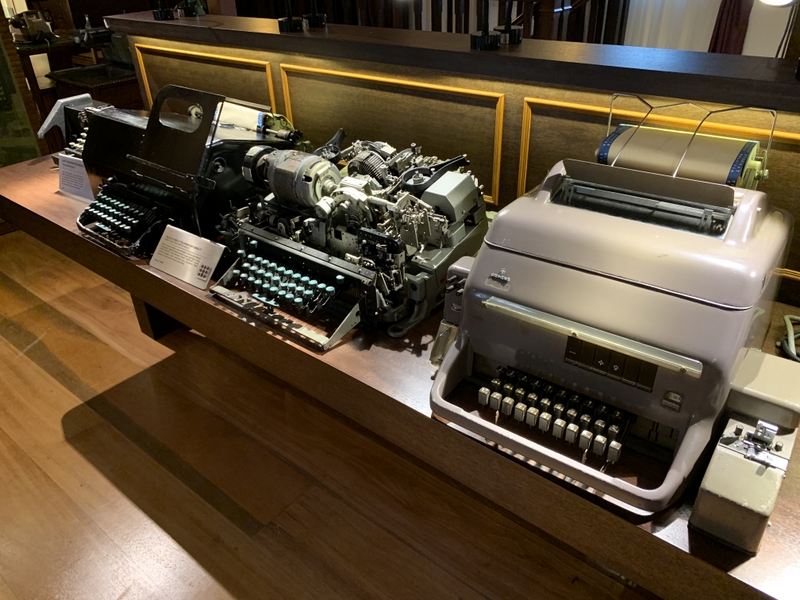
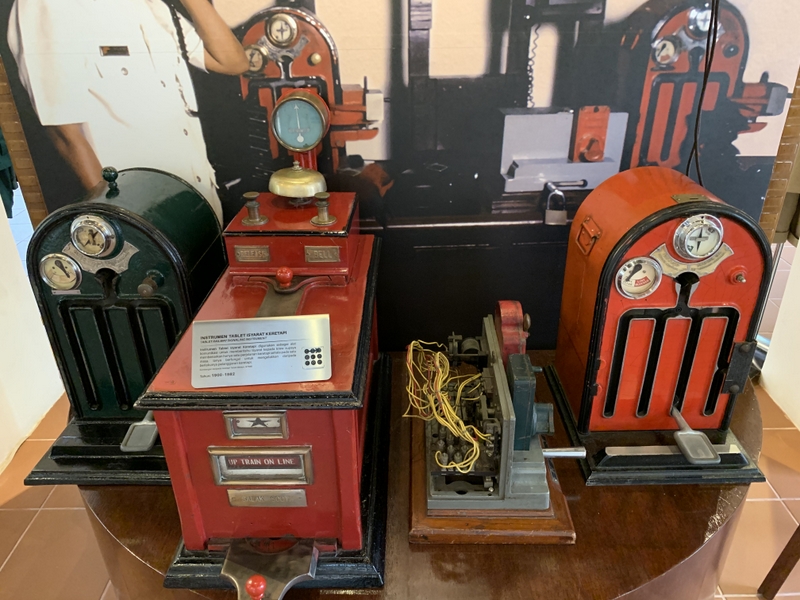
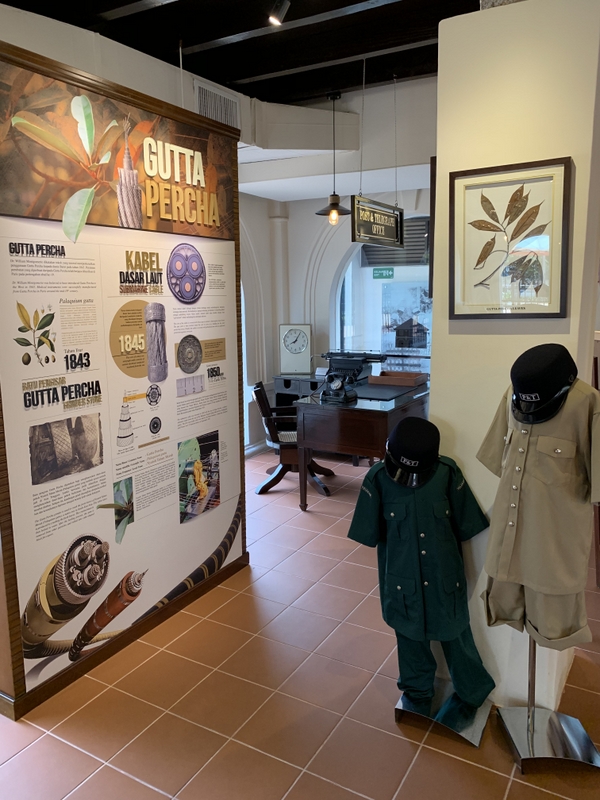
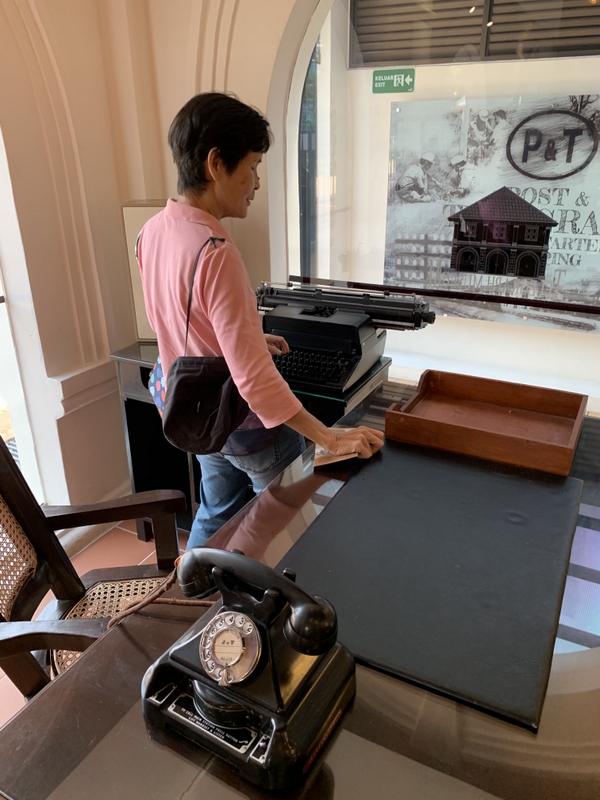
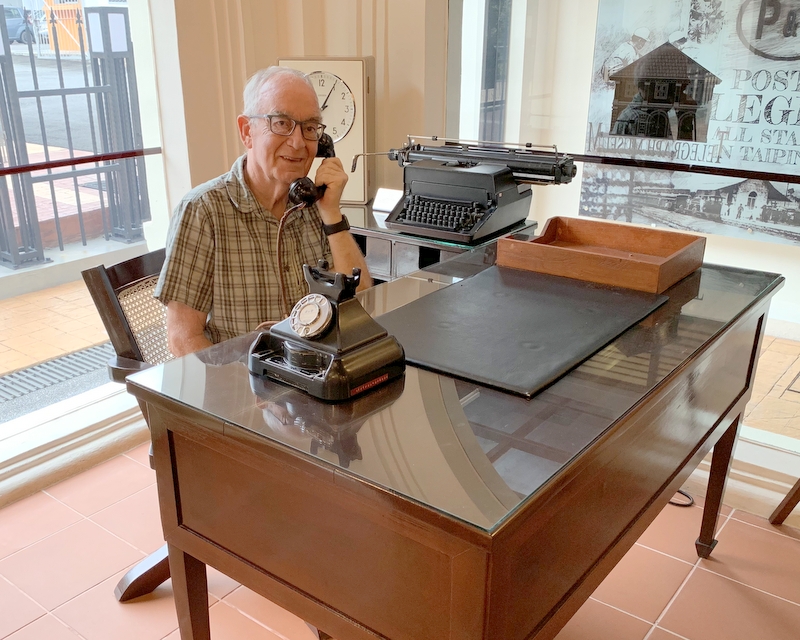
Me as postmaster 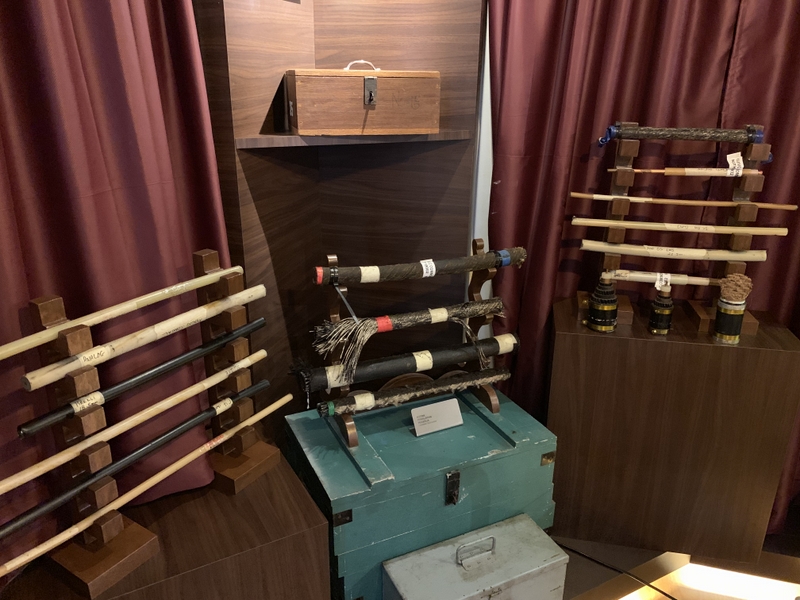

Around the corner the former Topo and Survey Office (1891), also a few years ago beautifully renovated. It housed the First Galleria until a few years, now a signboard says that it is the Galeri Perbandaran (Town Gallery), it looks empty and closed.
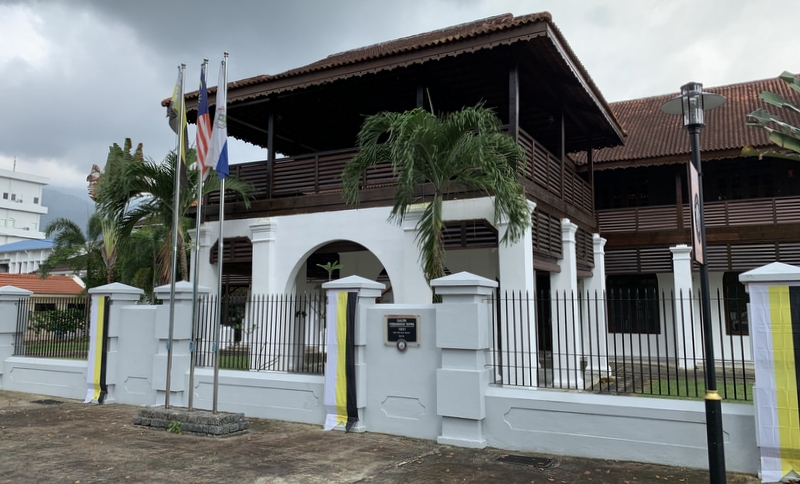
My next stop was the Tourism Office in the Old Clock Tower (1890). During my last visit it was closed “for renovation”, now it was open, a friendly young lady was mopping the floor because it had been raining and the roof was leaking (!).
I asked her if there was a Taiping heritage trail leaflet, she told me that it was out of stock, but she had a tourist map of Taiping. It showed all the traffic lights (!) and had a list of tourist attractions, some of them (13, 14, 17) not existing anymore.
I appreciated her attitude, she can not help it that this “Tourism Office” is pretty useless at the moment and looks more like an antique shop.
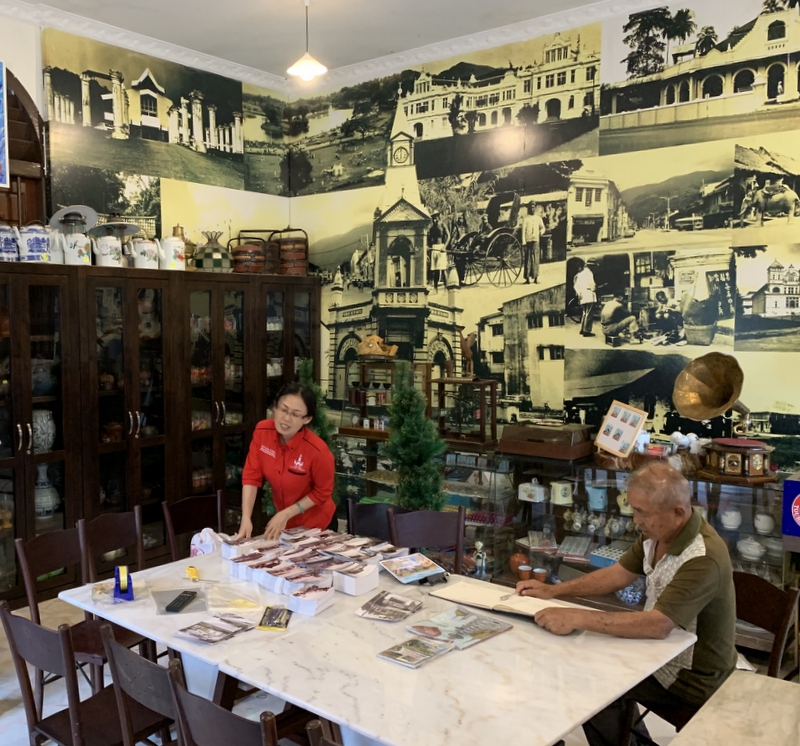
Mrs Eng in the Tourism Office 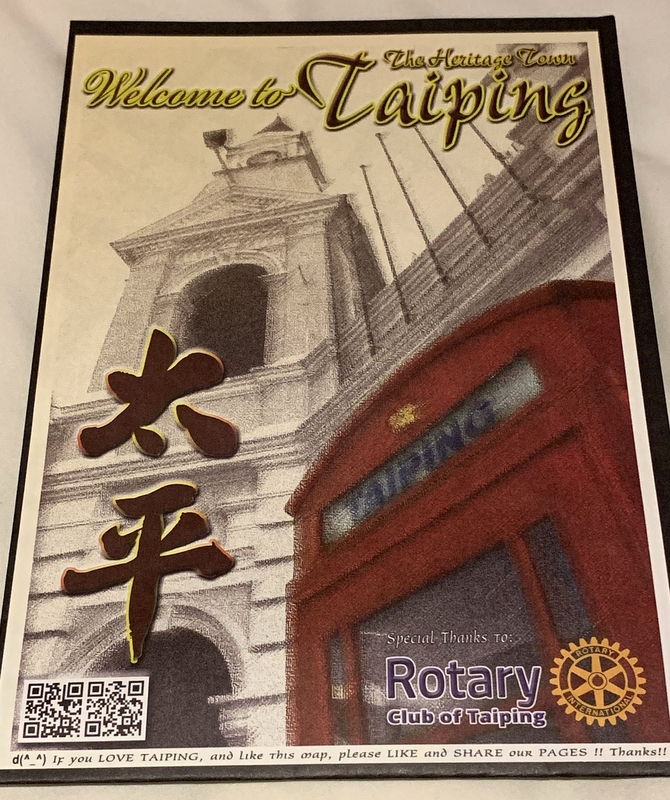
The tourism folder 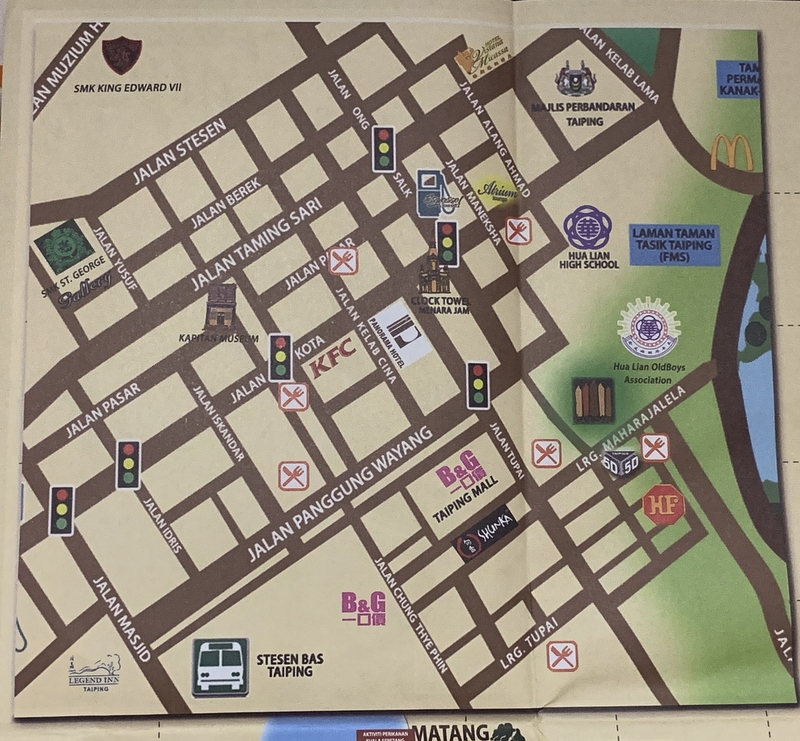
All the traffic lights 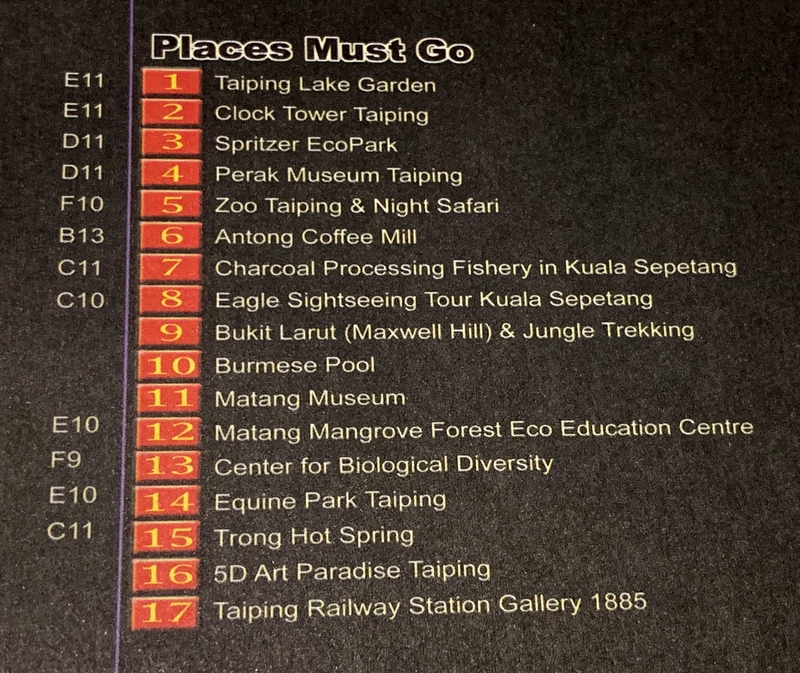
Taiping tourist attractions
I realise that this blog is a bit pessimistic and sombre, I can’t help it. Taiping is still my favourite “second hometown” in Malaysia, but a Bandar Warisan (Heritage Town) , as it proudly promotes itself? I don’t think so. A Town of Past Glory would be a better epithet.
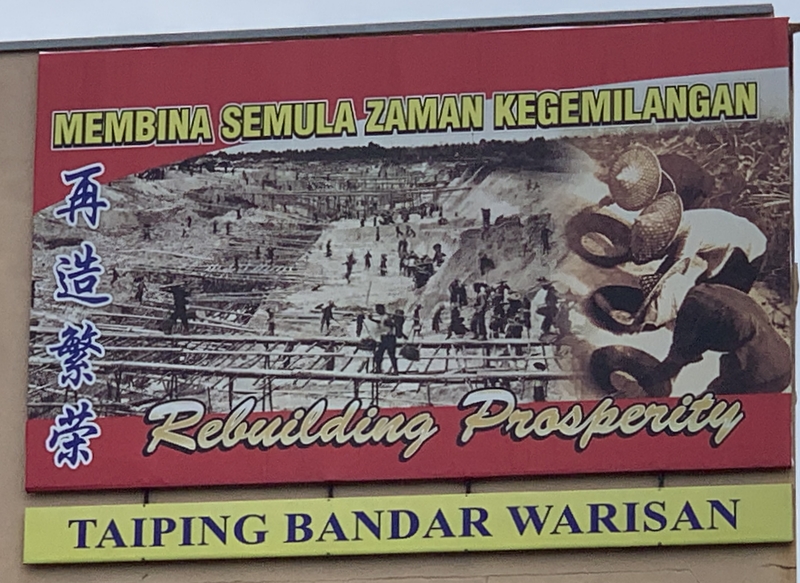
Bandar Warisan 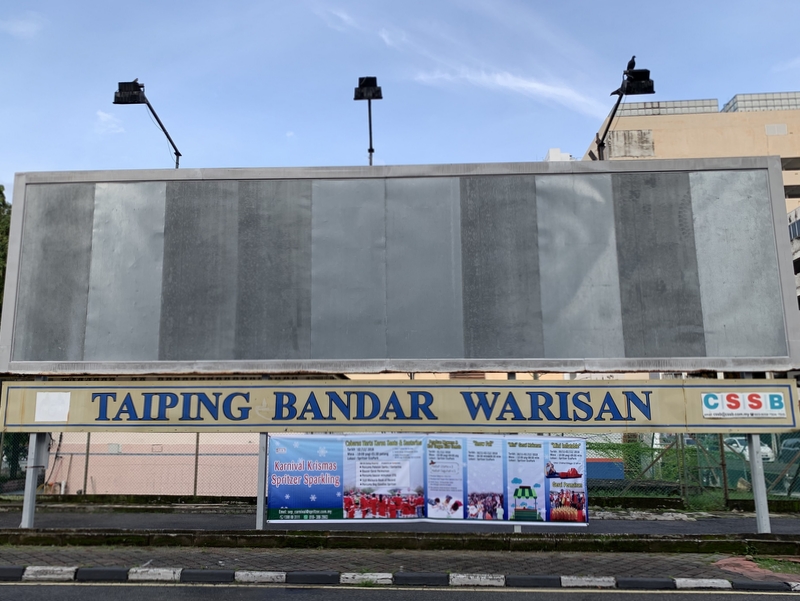
Bandar Warisan ?? 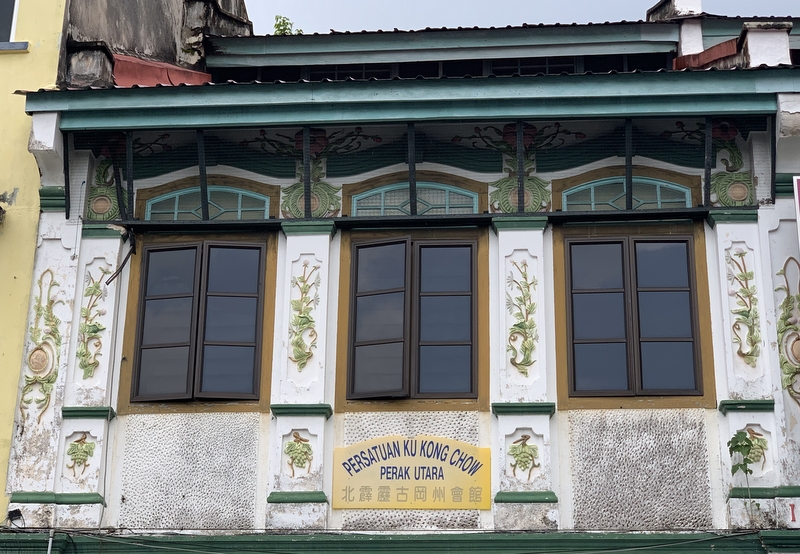
The Beauty 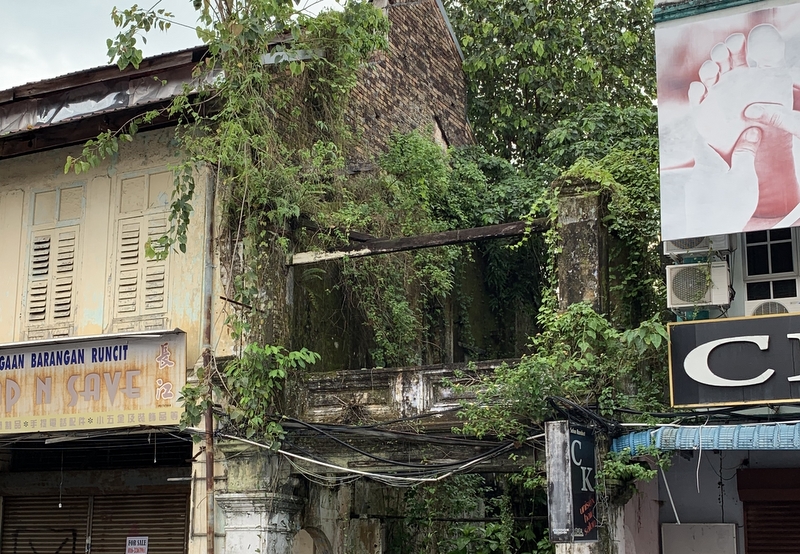
and the Beast
Take for example the Central Market, Malaysia’s best preserved example of a 19th century market building (1884/1885). What will be its future? Hopefully not changed into a Central Market, KL-style!

Of course there is some good news too, like the renovation of the well-known Ipoh Bakery. Here two photos, one earlier this year during the restoration and the final result.
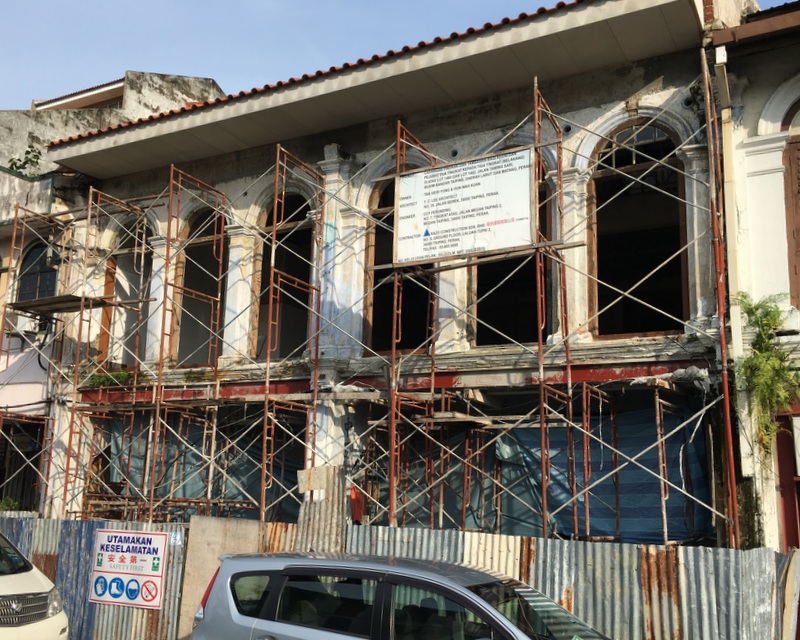
March 2018 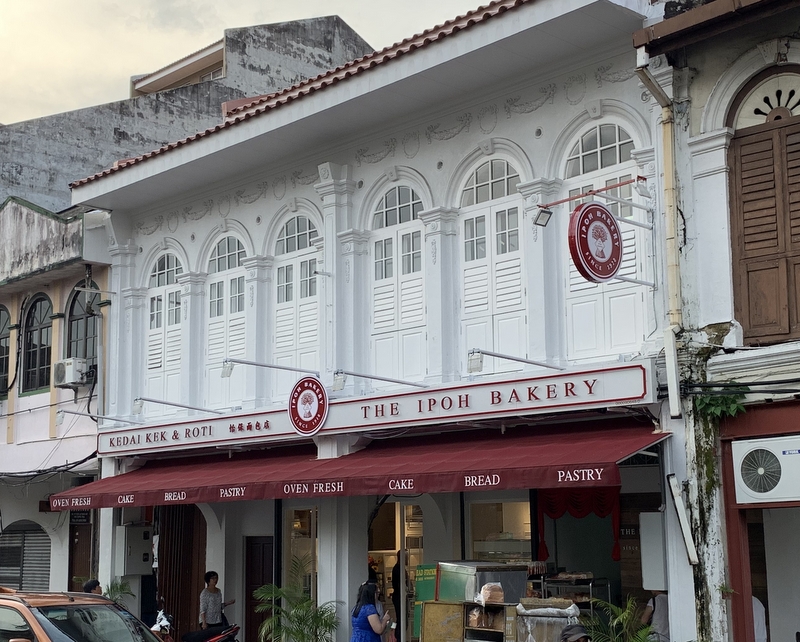
One reason for this Taiping visit was that I wanted to meet my friend ST Lee, living in Singapore but with a keen interest in Taiping Heritage, where he owns a beautifully renovated house in Barrack Road.
I met him, his sister and her friends for a nice dinner at the Chinese Recreation Club (excellent food!) and the next morning for breakfast at my favourite Chee Cheong Fun stall of Mr Tong, together with Yeap Thean Eng.
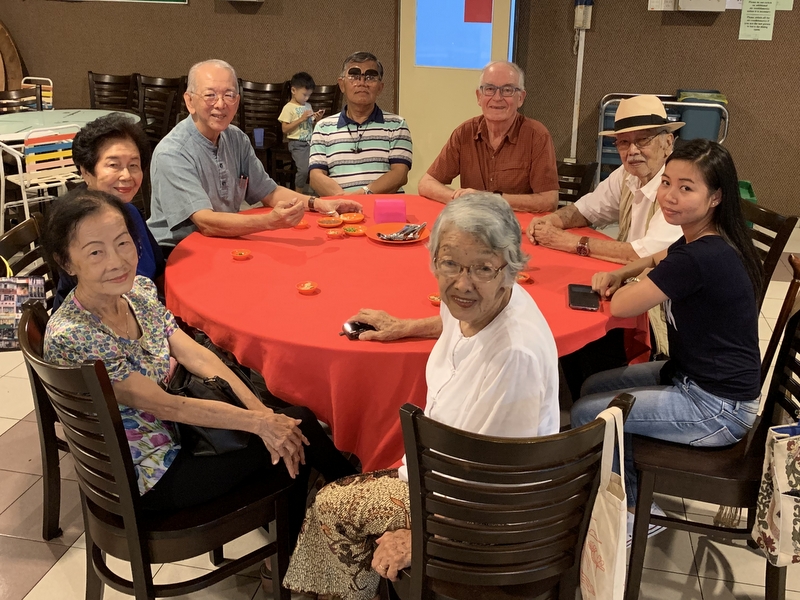
Dinner at the CRC 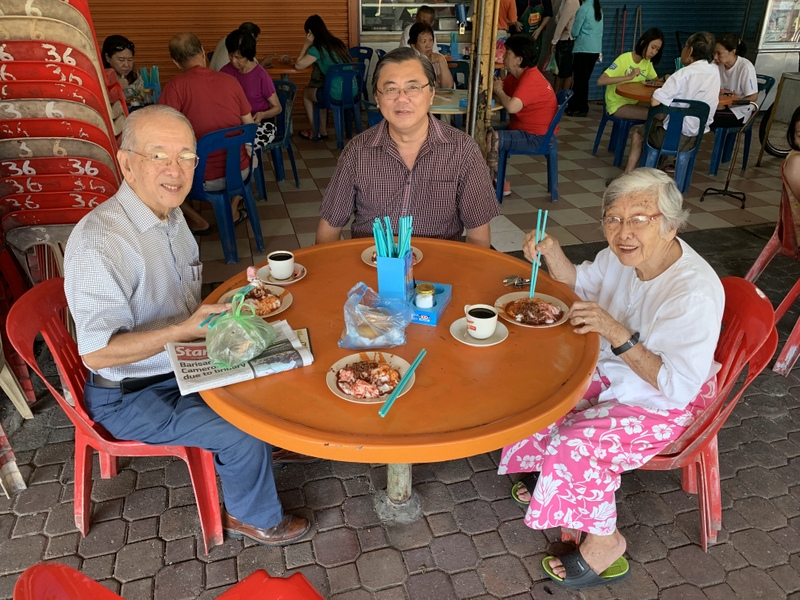
Chee Cheong Fun breakfast
After our breakfast we went to the King Edwards VII school. Yeap, the president of the Taiping Heritage Society, had warned us already that the history gallery might be closed, because the building where it was housed, was infested by termites.
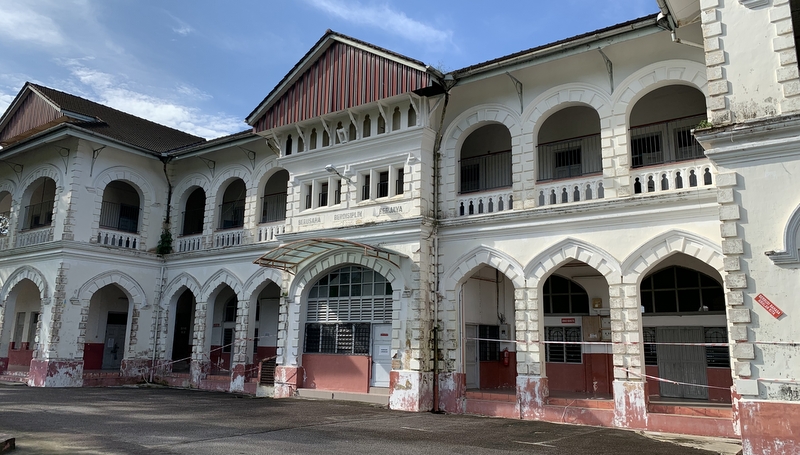
But I still was shocked by what I saw. Yes, the century old raintrees are still impressive, but the iconic building is locked and cordoned off.
How can this have happened? And what will be done about it? No history gallery, but I was told that there exists one in a different building of King Edwards. Will check during my next visit.

Past glory 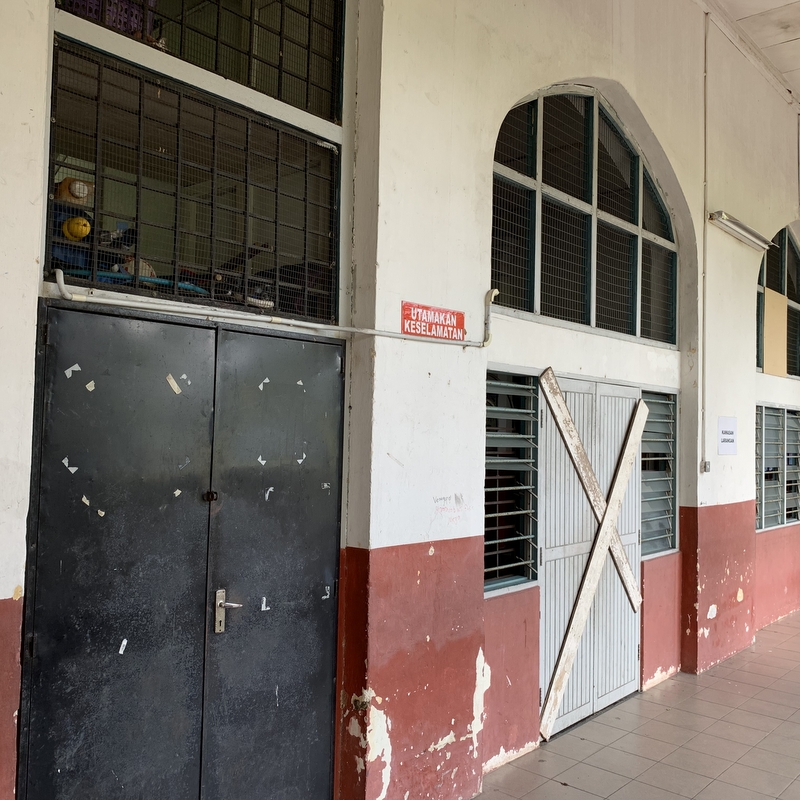
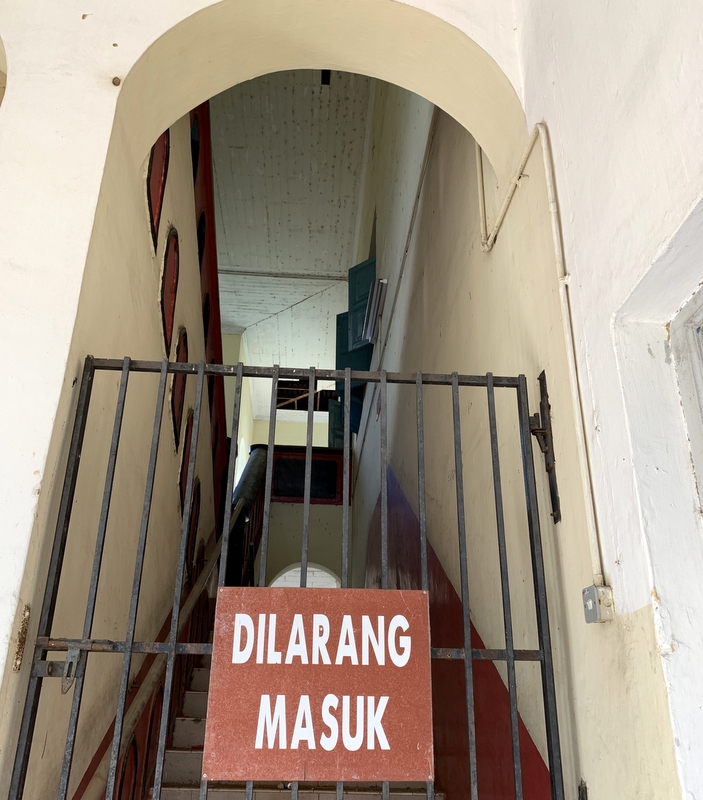
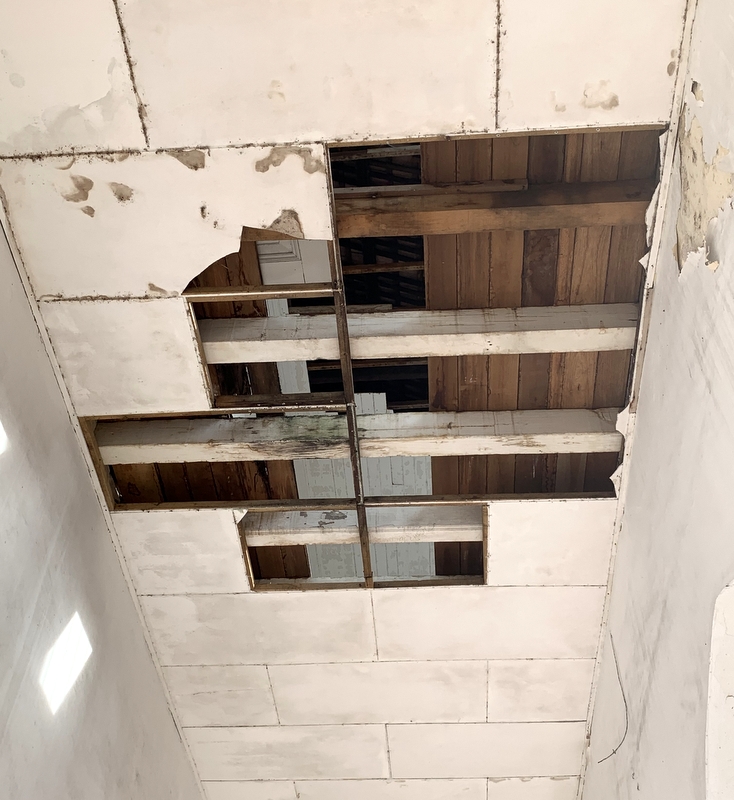
Opposite the school there are a few buildings which are in a much worse condition. Five years ago I have published a blog post, Shame on Taiping, about these buildings, the Town Rest House (1894) and the former Perak Railway Building (1885/1893). Both buildings abandoned and slowly going down the drain.
Here is the Perak Railway Building, later housing various government offices. You can just enter, if you don’t mind meeting an occasional squatter. I explored the buildings this time with my friend Amril and took many pictures. I am planning to write a separate post about these buildings and the Resthouse. I have visited them almost every time I was in Taiping.
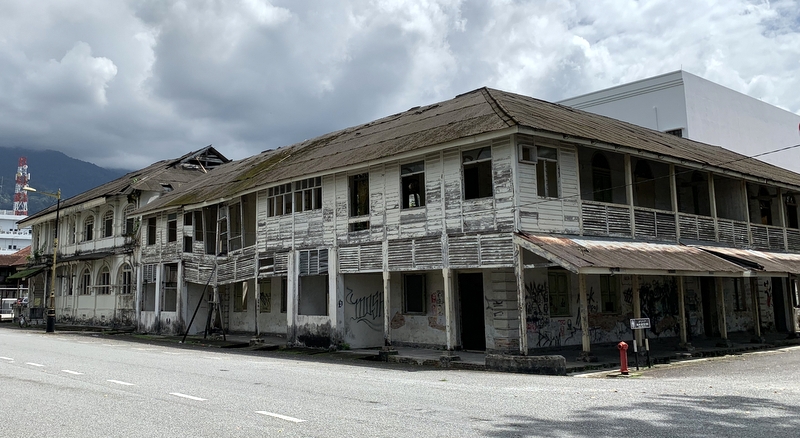
And this is the Rest House, in slightly better condition, at least the floor boards are still there.

Incomprehensible that in front of the Resthouse there is still a signboard about the Rest House , one of the “Firsts” of Taiping and part of the Taiping Heritage Trail. What will a tourist think when he follows this trail and sees this building?
Early afternoon Aric arrived from KL, we went to Kamunting for Assam Laksa, one of his favourite dishes, he is always looking for new stalls and collecting the info on his Assam Laksa website. This stall was not very special (pretty awful according to Aric).
We had much better food that evening, with ST Lee and his sister, in vegetarian restaurant Teik Ee, Jalan Tupai.
After the busy days in Taiping, it was time to relax. The next morning we picked up our friends Paul and Fahmi from the station and drove to the jeep station of Bukit Larut. From there with the 4WD to the Nest, where we were warmly welcomed by Suet Fun and Peter. They have really done a wonderful job, I love the colonial atmosphere.
And the food, Suet Fun is a creative cook. It was quite chilly, with occasional rain, we were the only guests that night, and spent the rest of the day doing nothing 😉
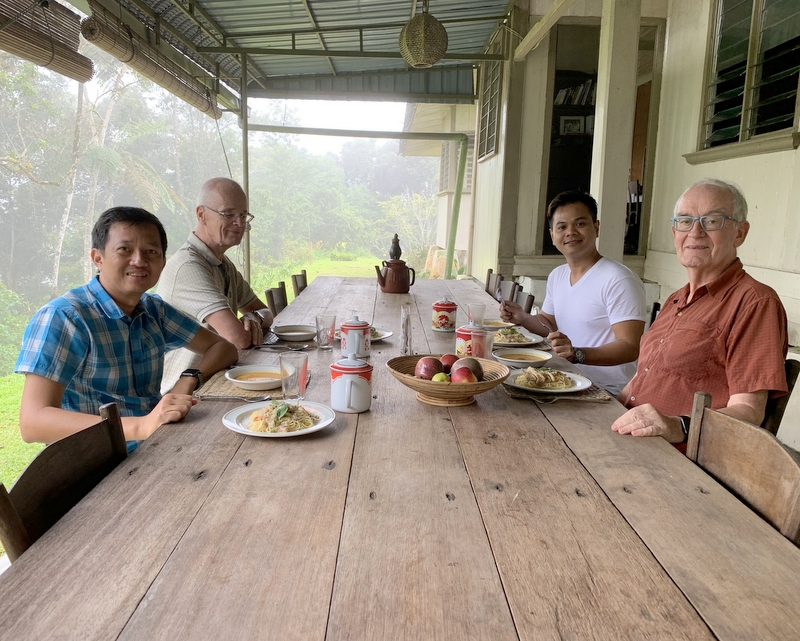
Lunch 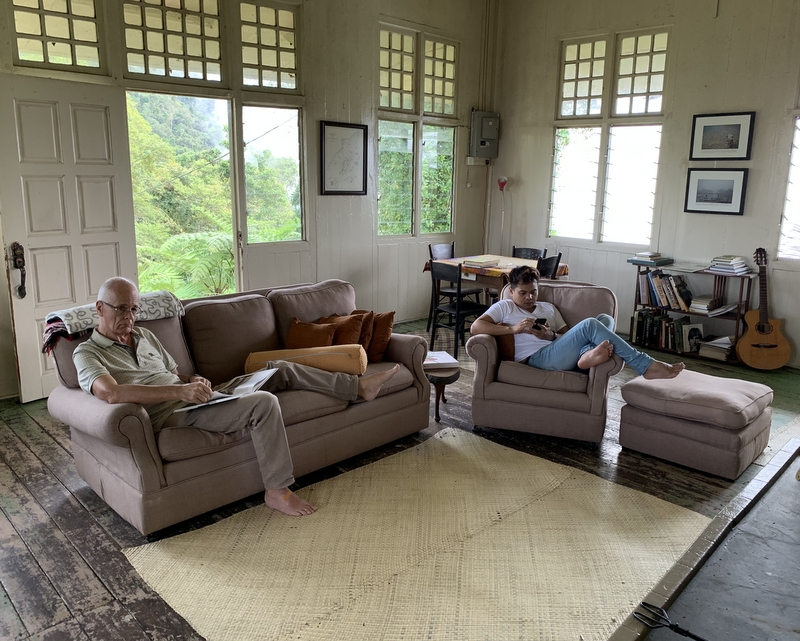
Relaxing 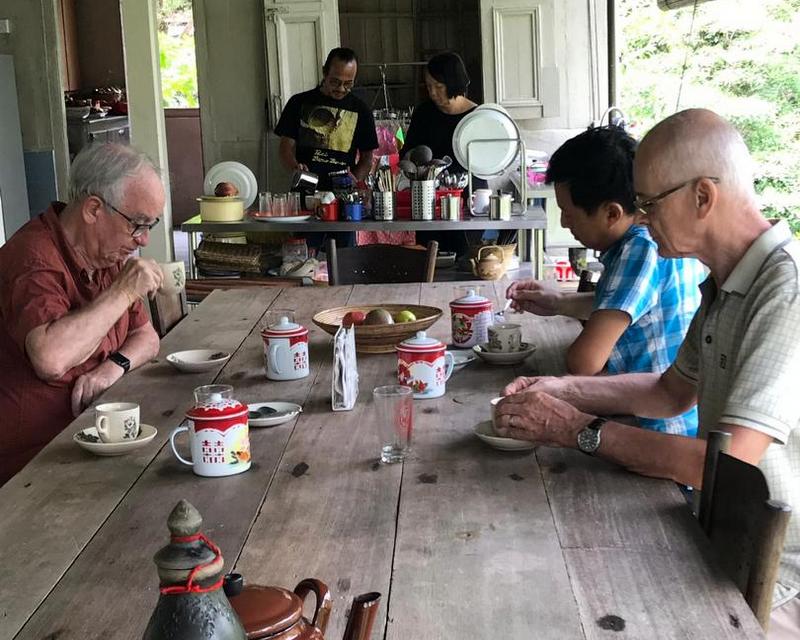
Teatime 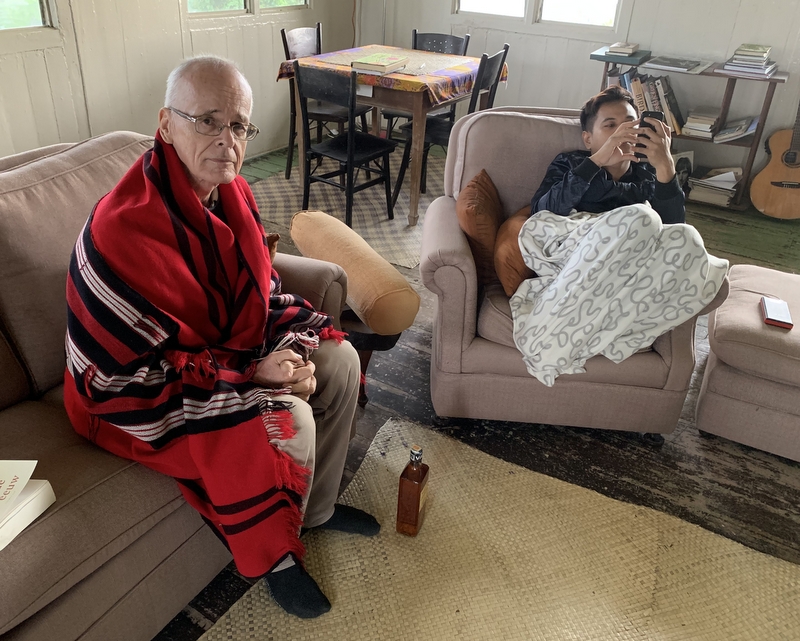
Quite chilly
Evening view. Left Gunung Bubu, about 20 km away
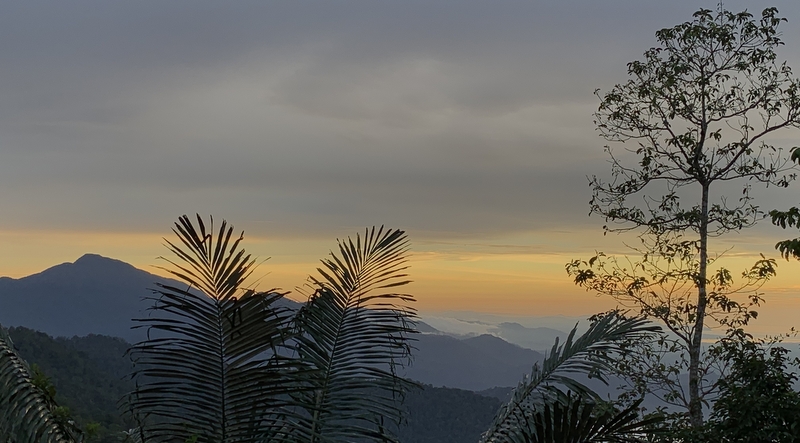
The next morning I took pictures of some beautiful “creatures of the night”
After breakfast and some droning by Aric, we walked up the hill until the Cottage bungalow, the oldest bungalow of Maxwell Hill, now out of bounds because it is part of the telecom installation.
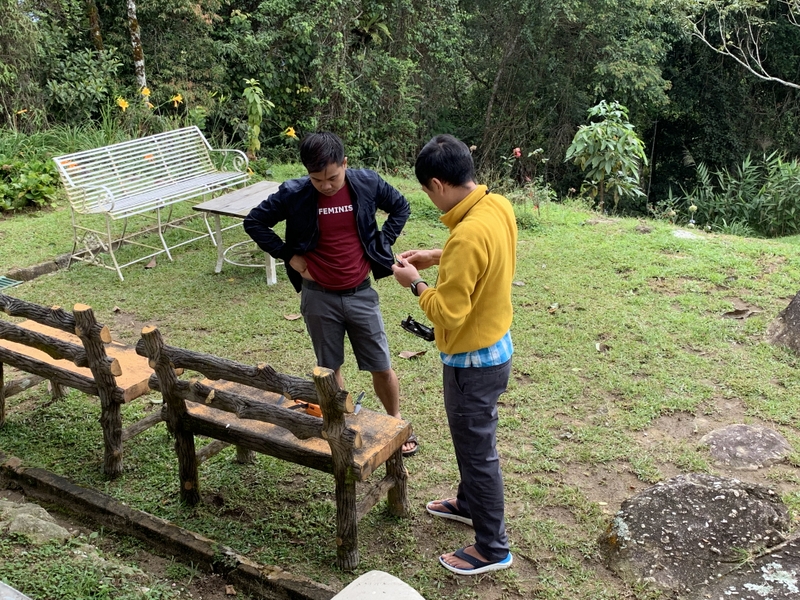
Preparing to drone 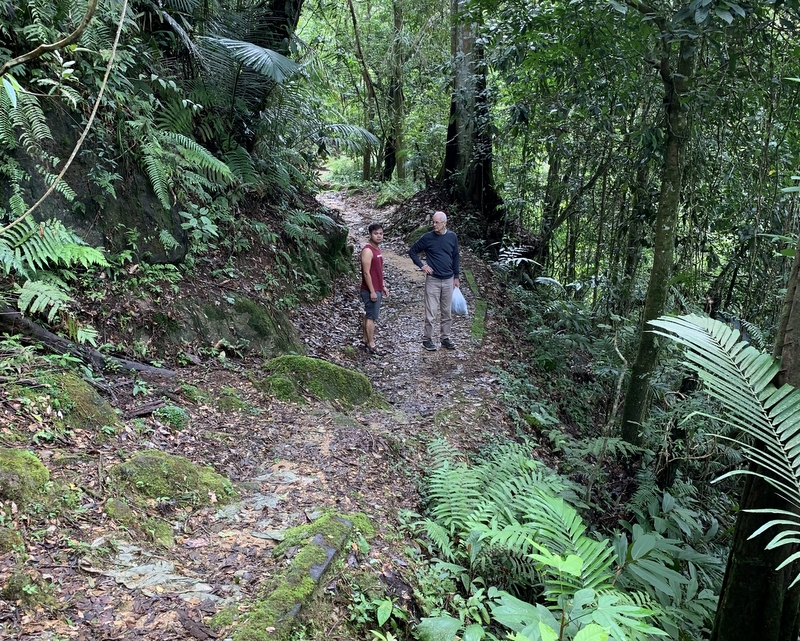
Access path to the Nest 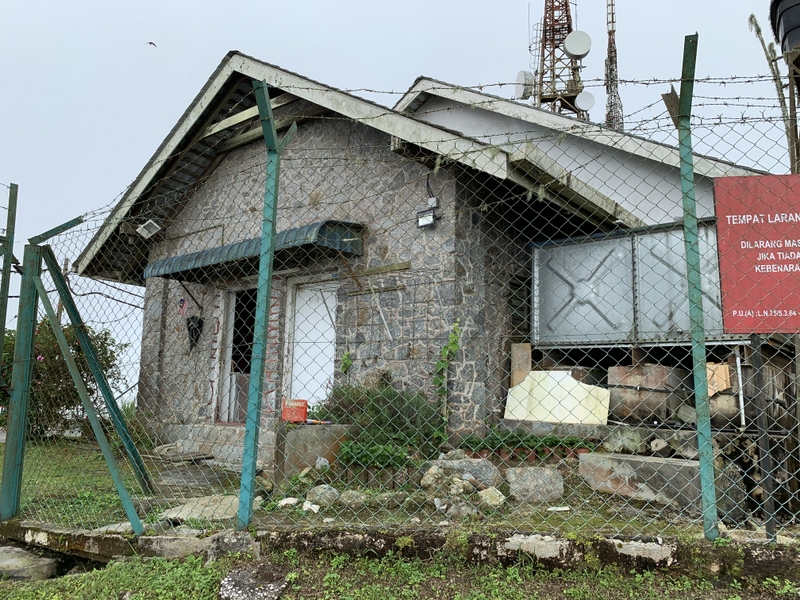
The Cottage 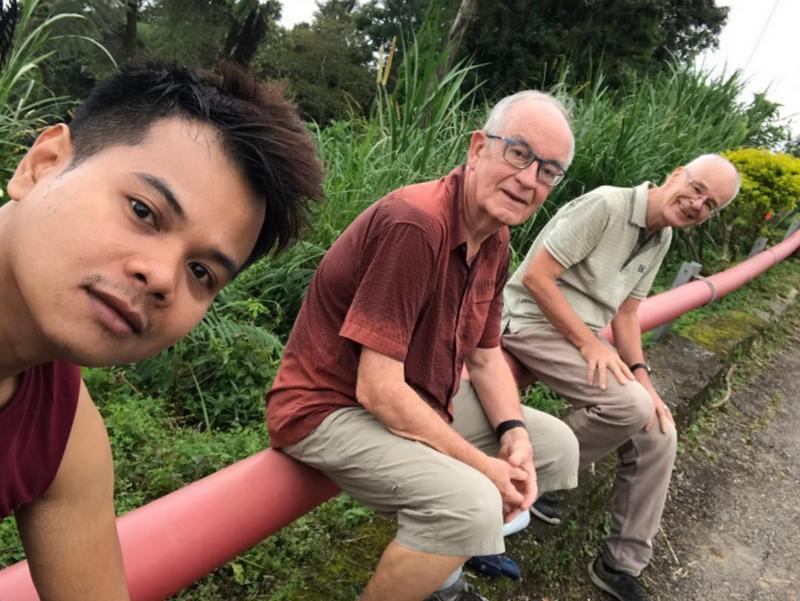
We were back in time for lunch, where a group of nice ladies had arrived, former school mates of Suet Fun.
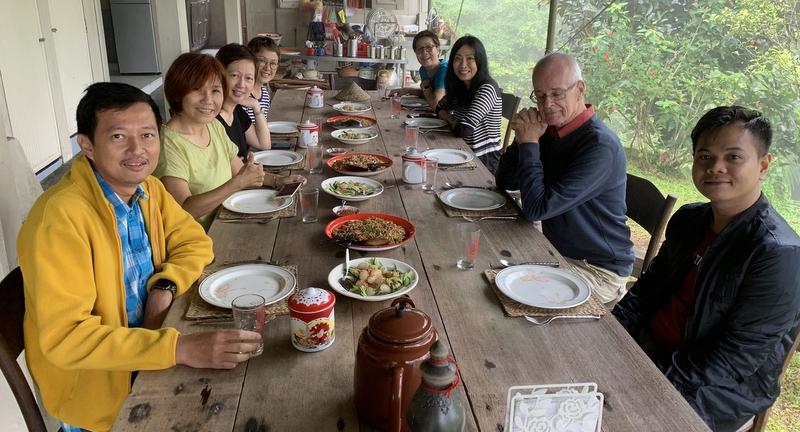
In the afternoon we walked down to the “Sixth Mile”, looking forward to a cup of tea in the Cafeteria, but it was closed already. Misty weather, very scenic.
The evening dinner was exquisite and the company pleasant.
The next morning the weather had changed, blue sky, nice views of the plains and the Straits. Compare with the evening picture above.
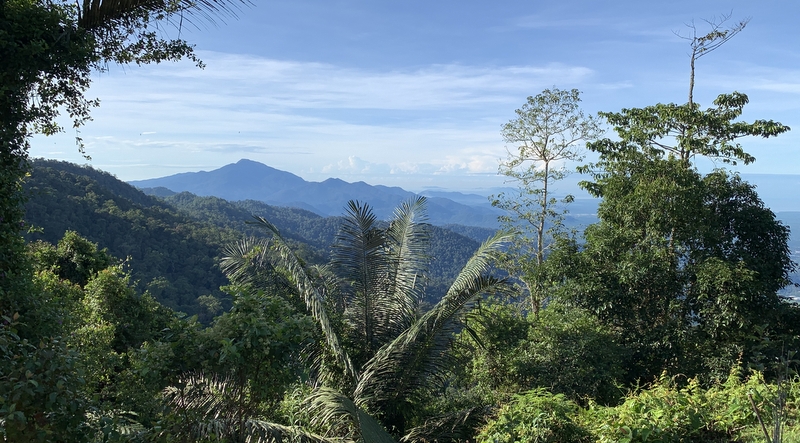
Aric did some more droning. In this short video you can see how the Nest is surrounded by jungle, with Taiping deep down and far away the coastline.
Reluctantly we had to leave, our jeep was taking us down at 11am. Still enough time to take more pictures. Looking forward already to a next visit.
On our way back to KL, we had lunch in another Assam Laksa stall, near Bukit Gantang. Much better quality!
It was again a very rewarding visit, although it must be clear to the reader that I am rather pessimistic about what is (not) happening in Taiping. The authorities may claim that Taiping is a Bandar Warisan, but I miss a sense of real commitment.
In my April blog I quoted from the Rough Guide (digital version):
Nowadays, bypassed by the North–South Expressway and replaced in administrative importance by Ipoh, Taiping is declining gracefully, its streets lined with tattered architectural mementoes of its glory days.
Maybe I just will accept that, of course it has its own charm.

